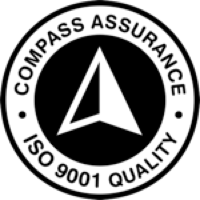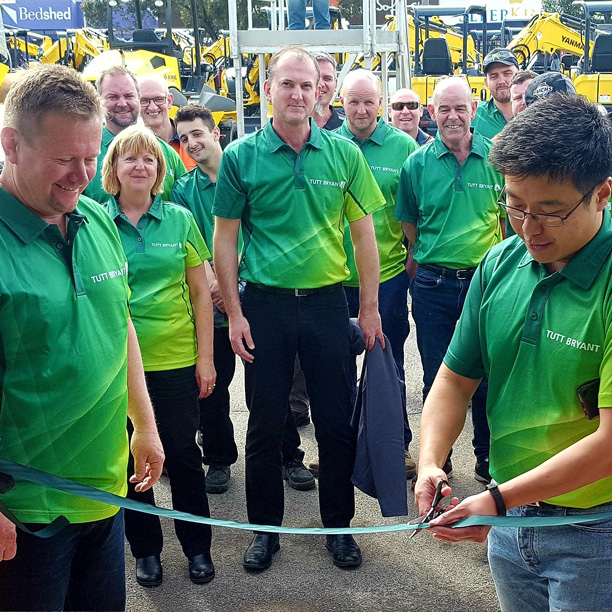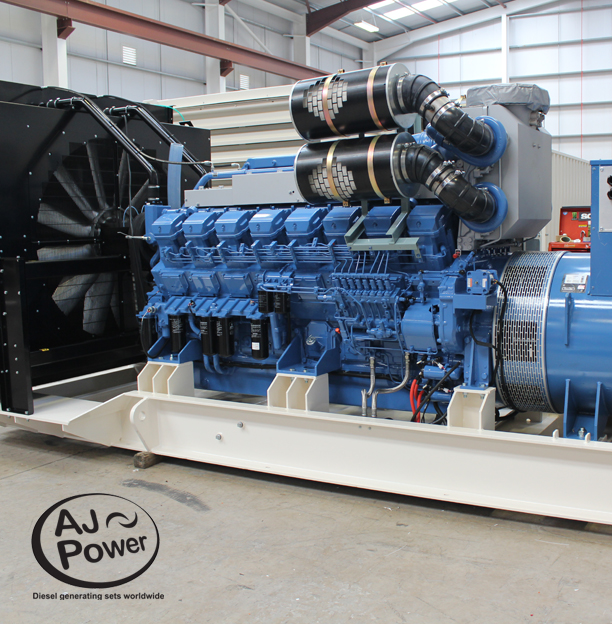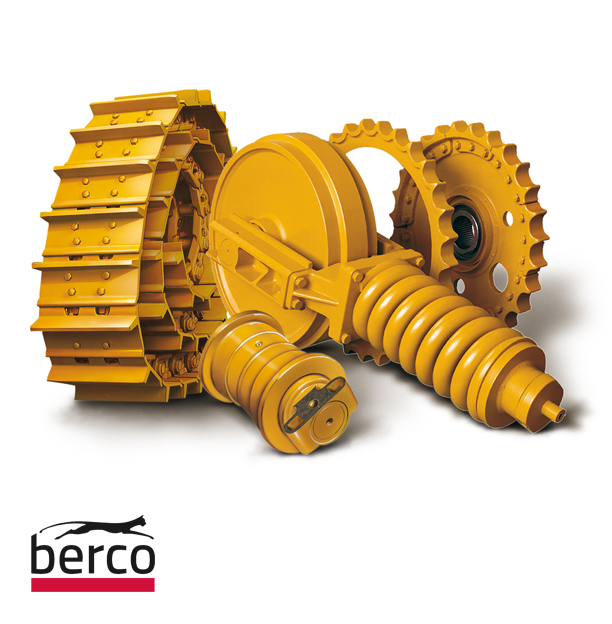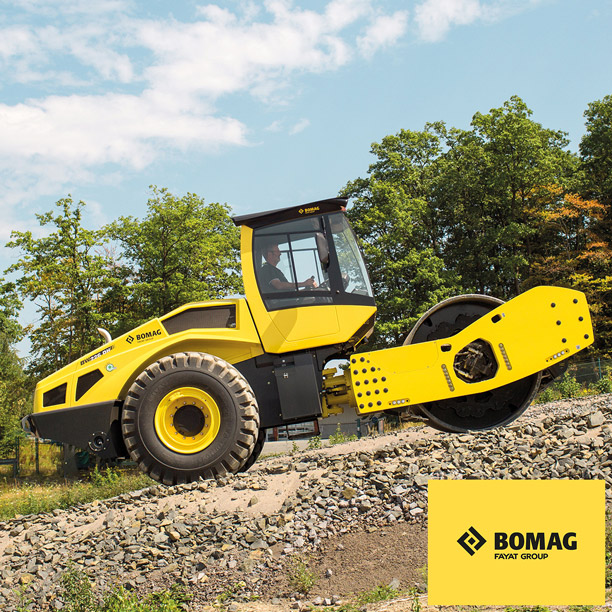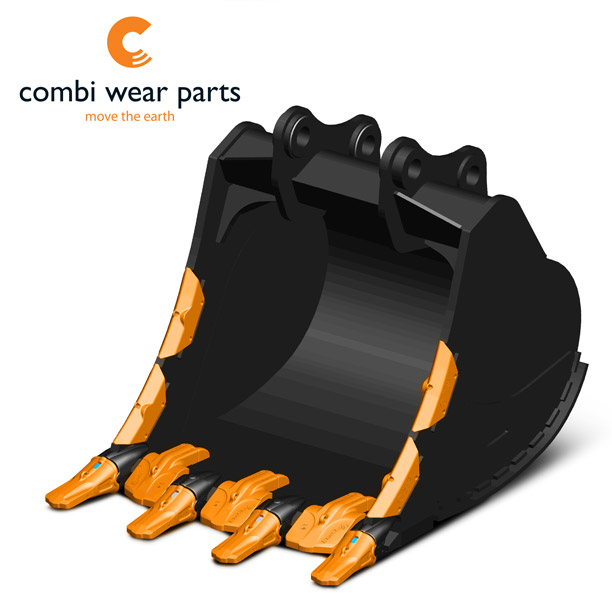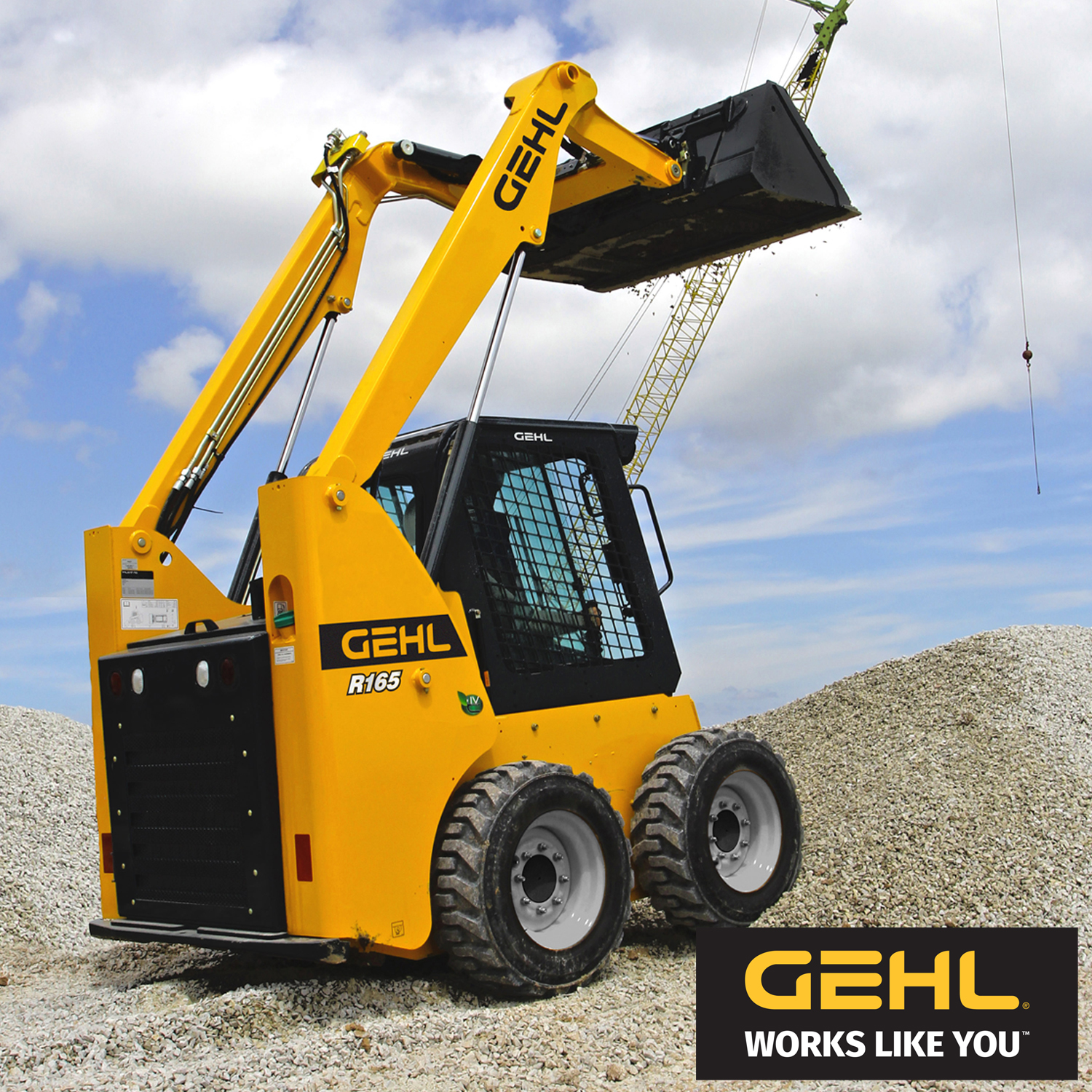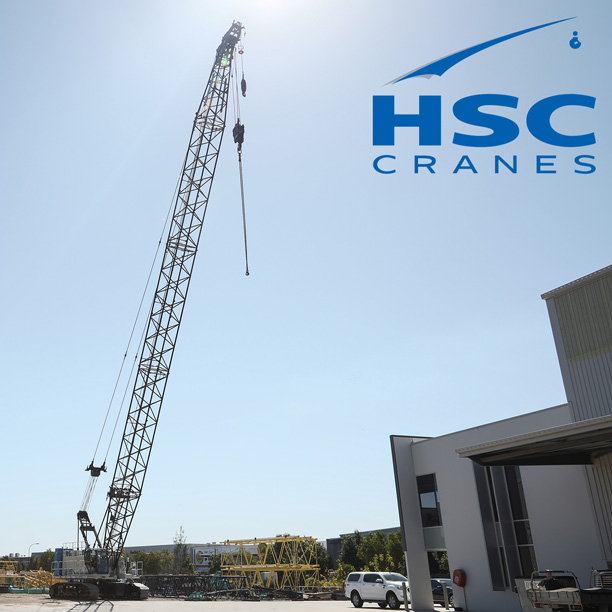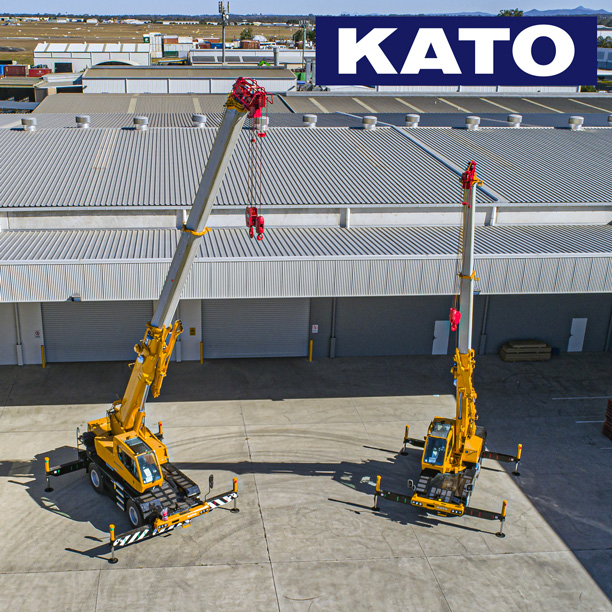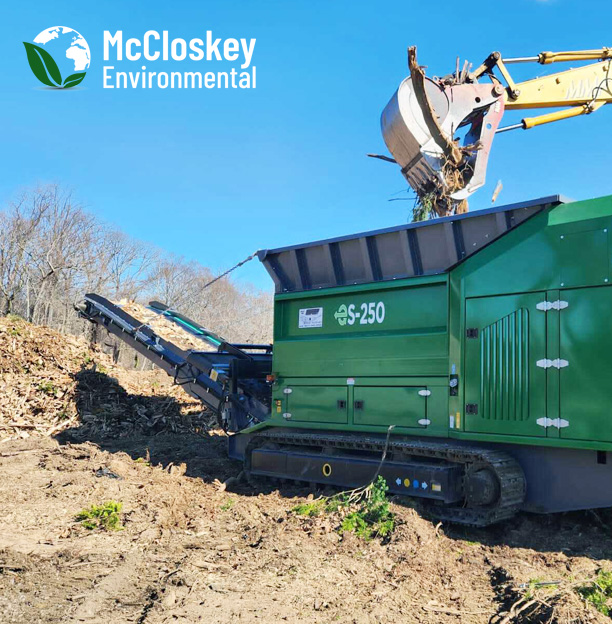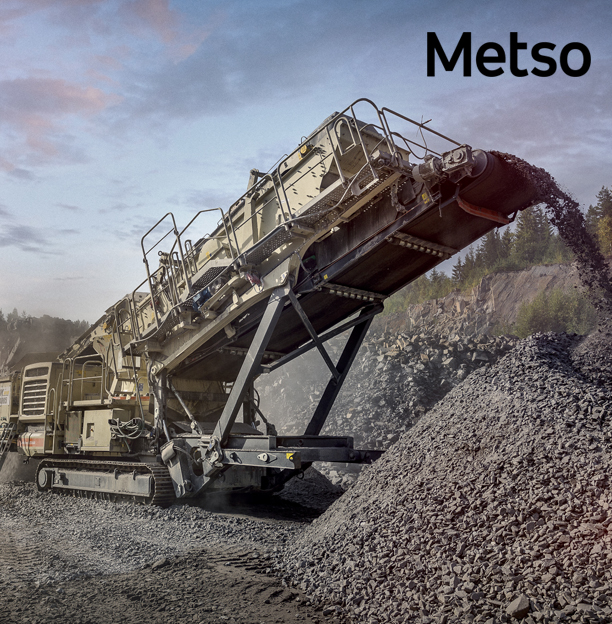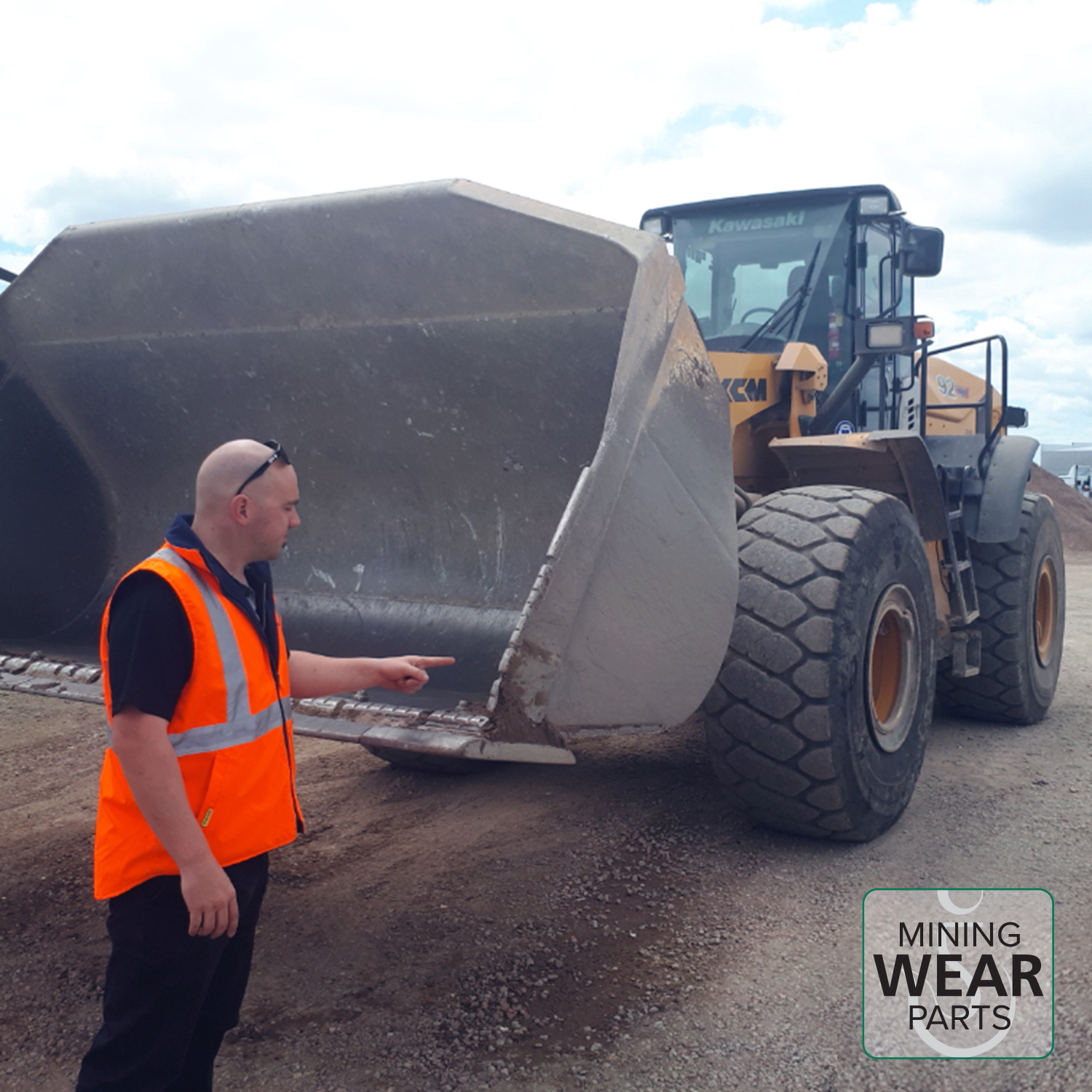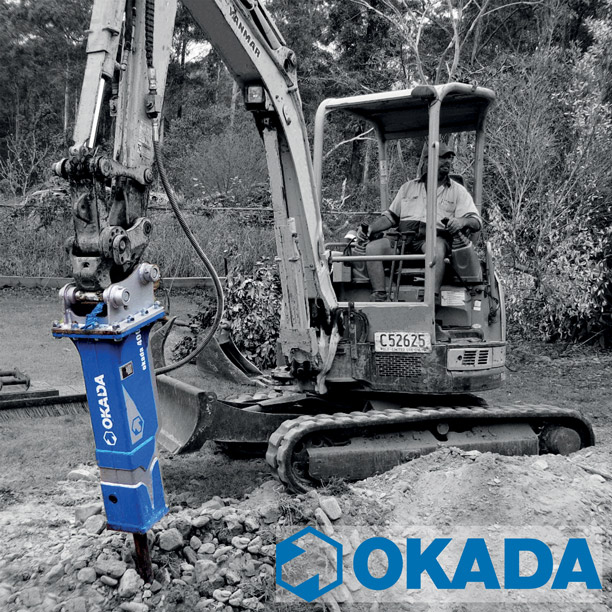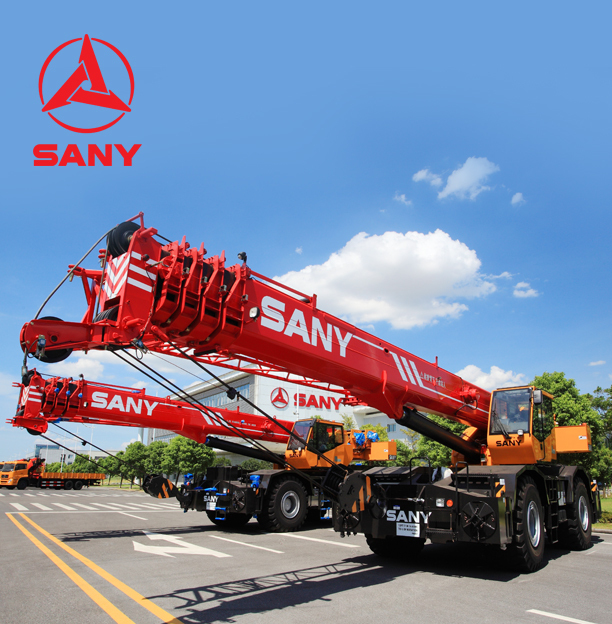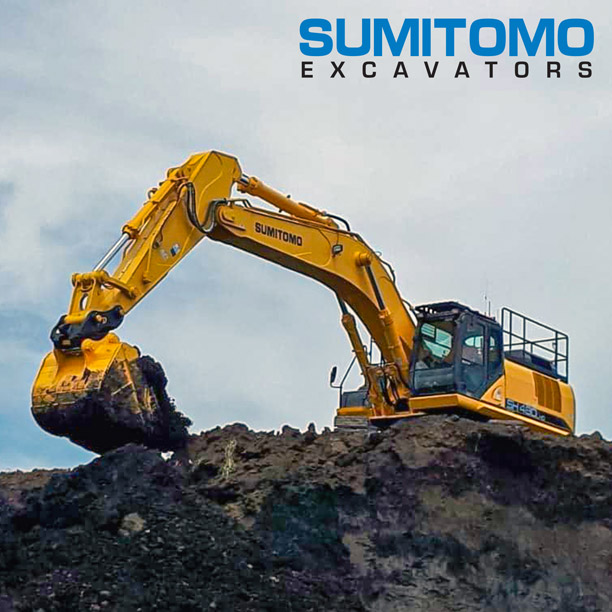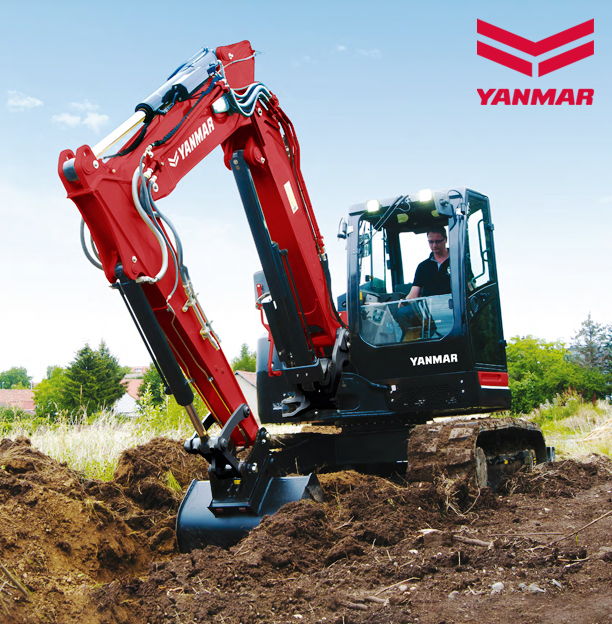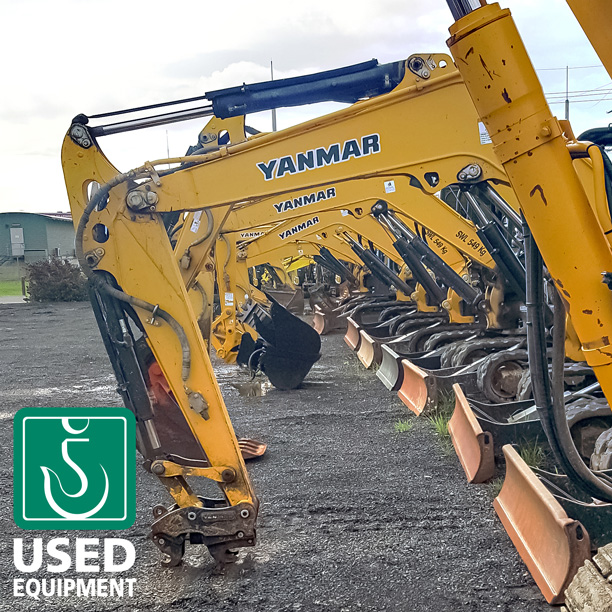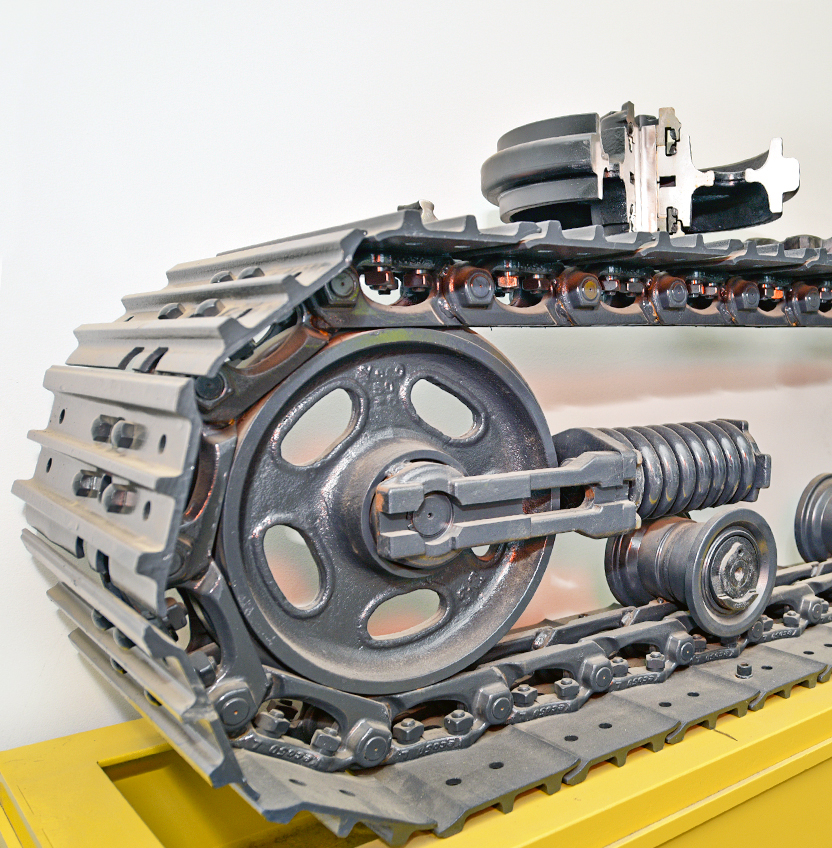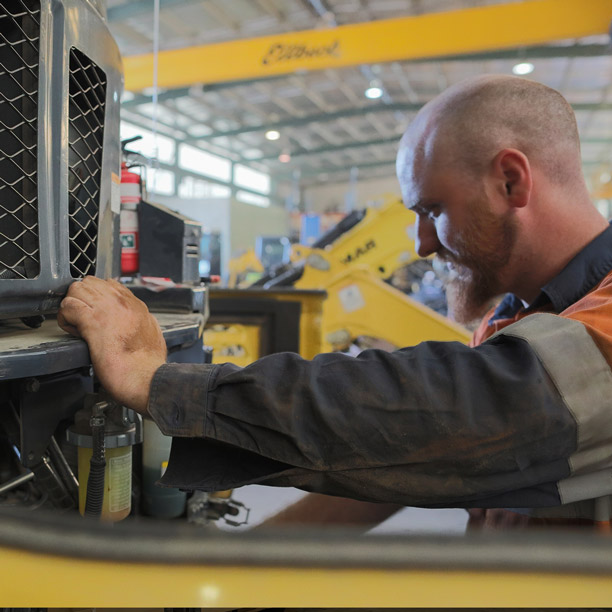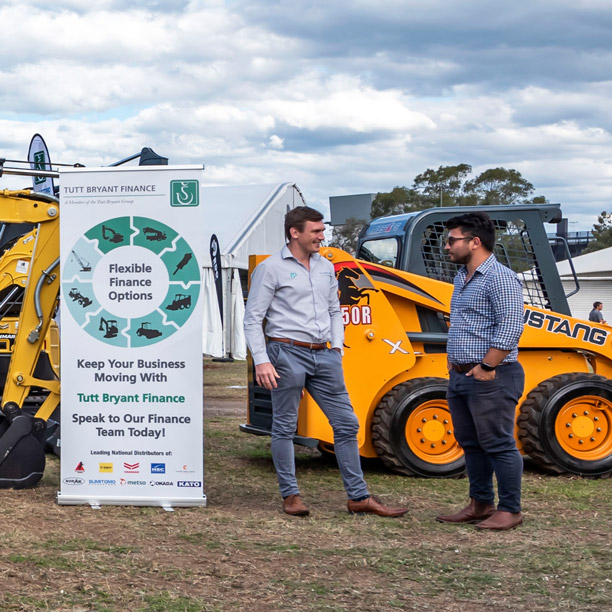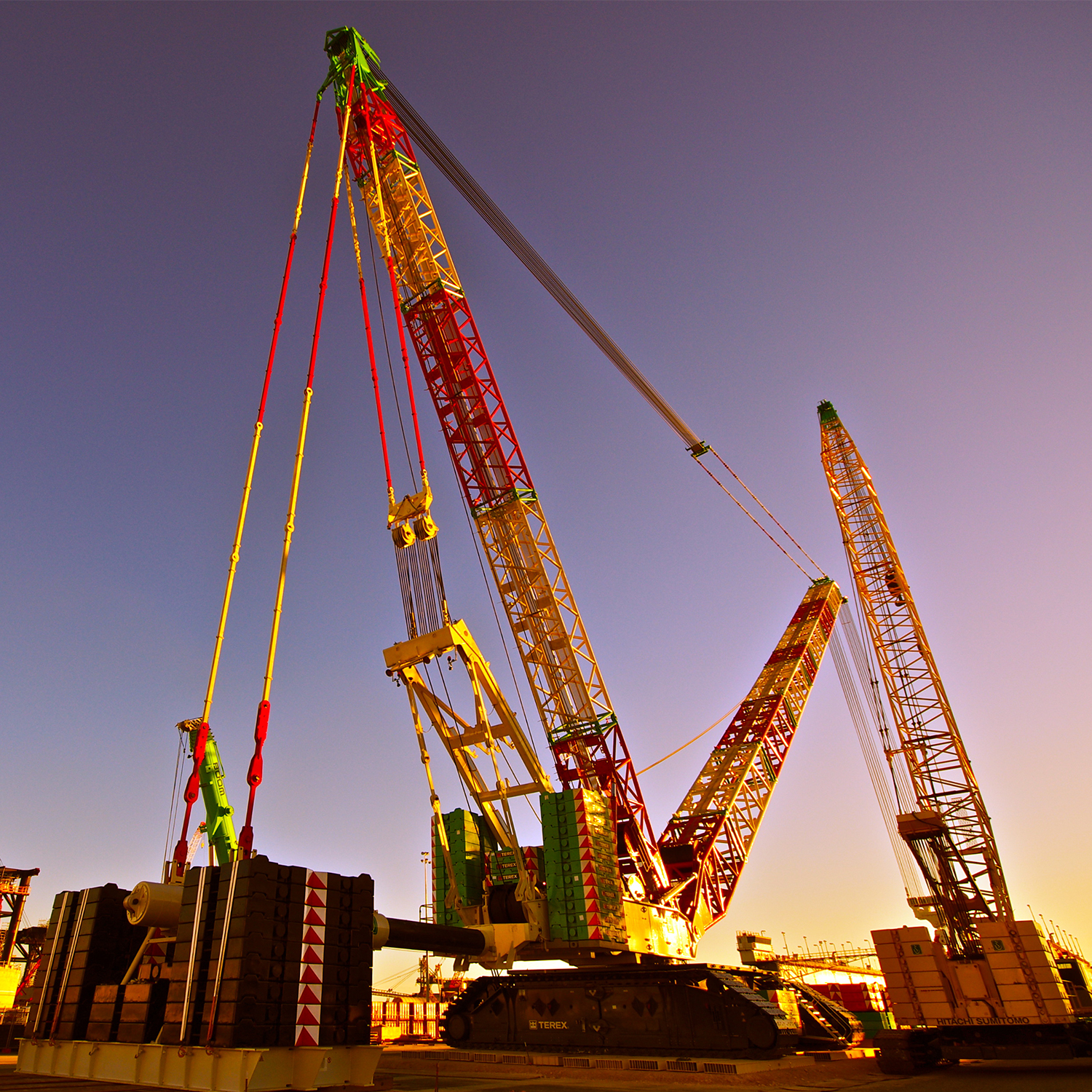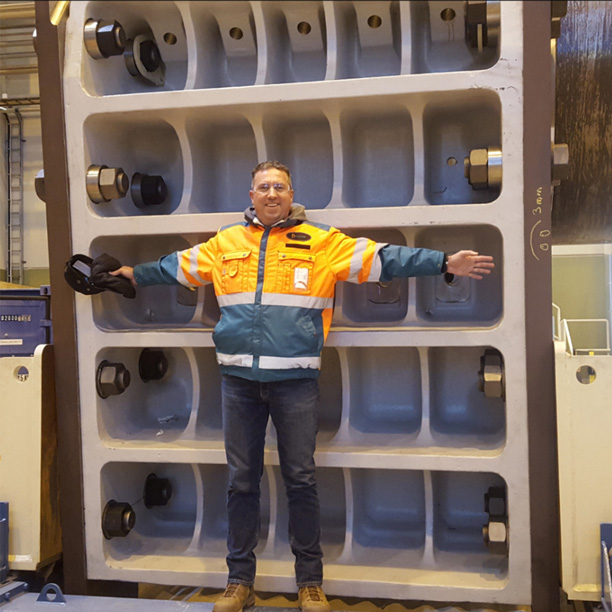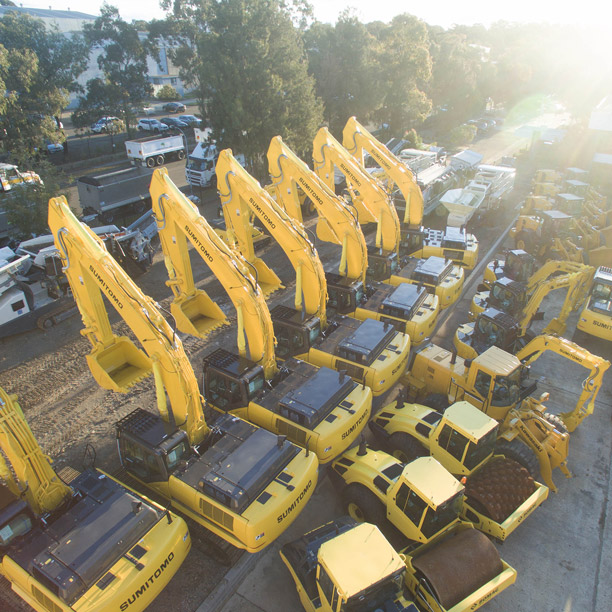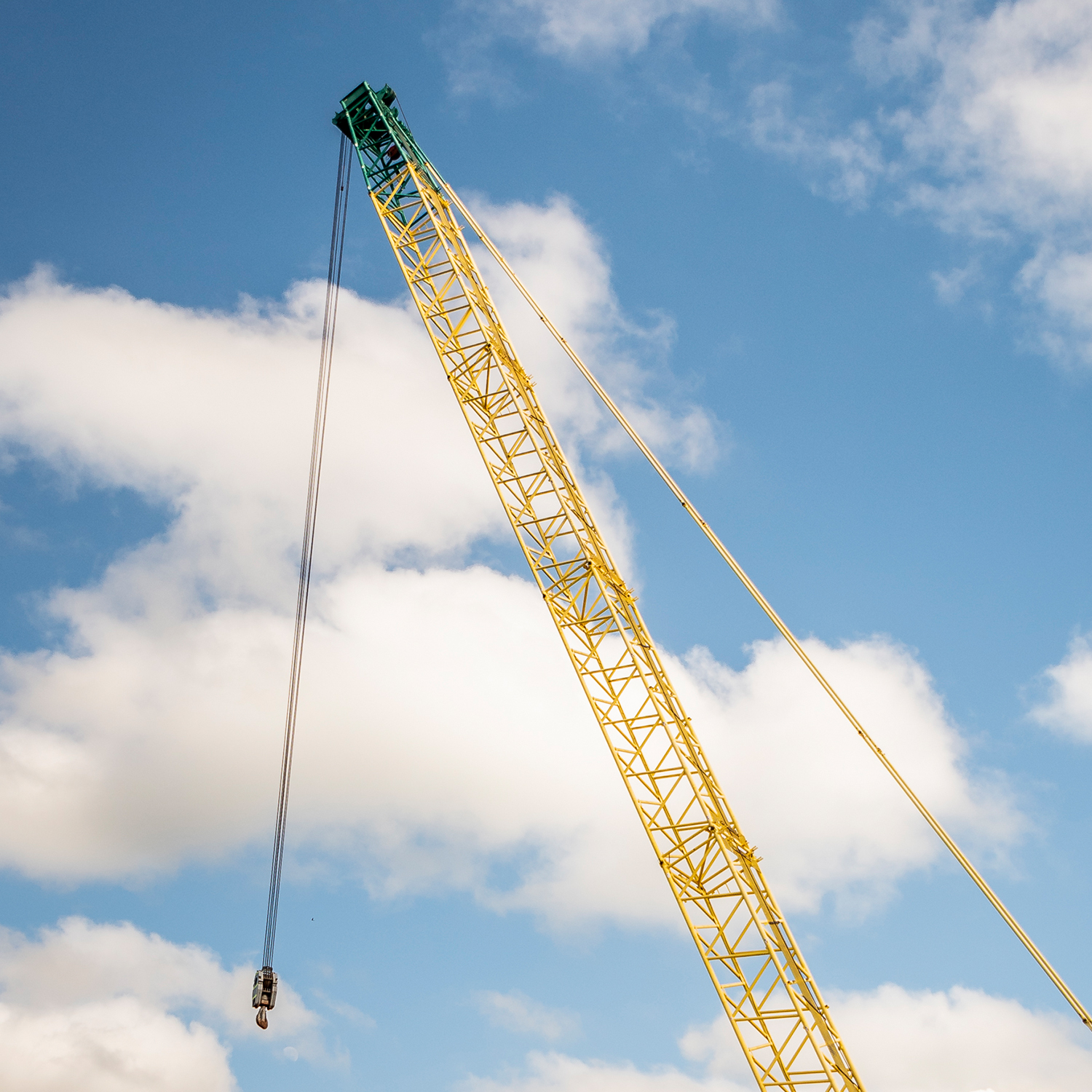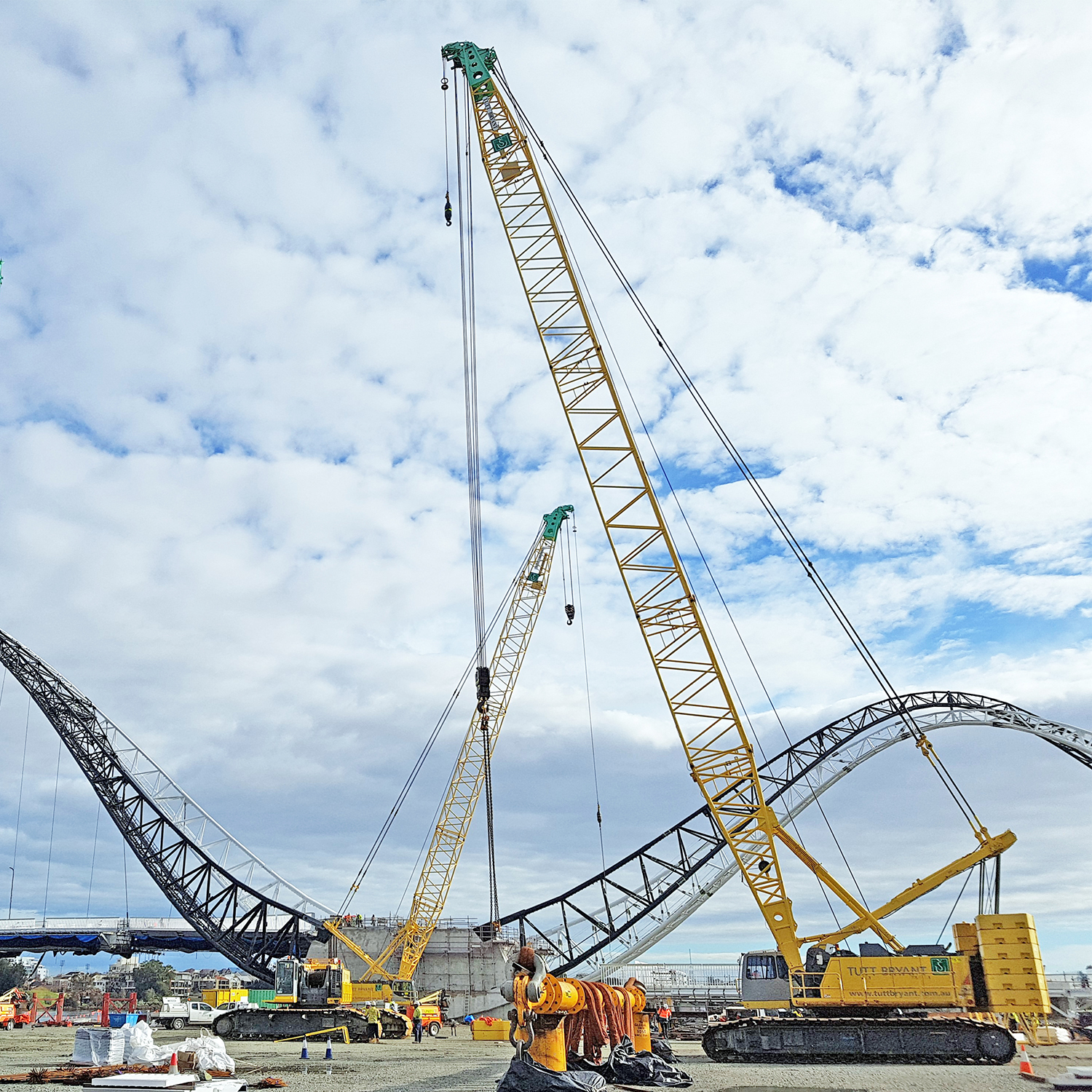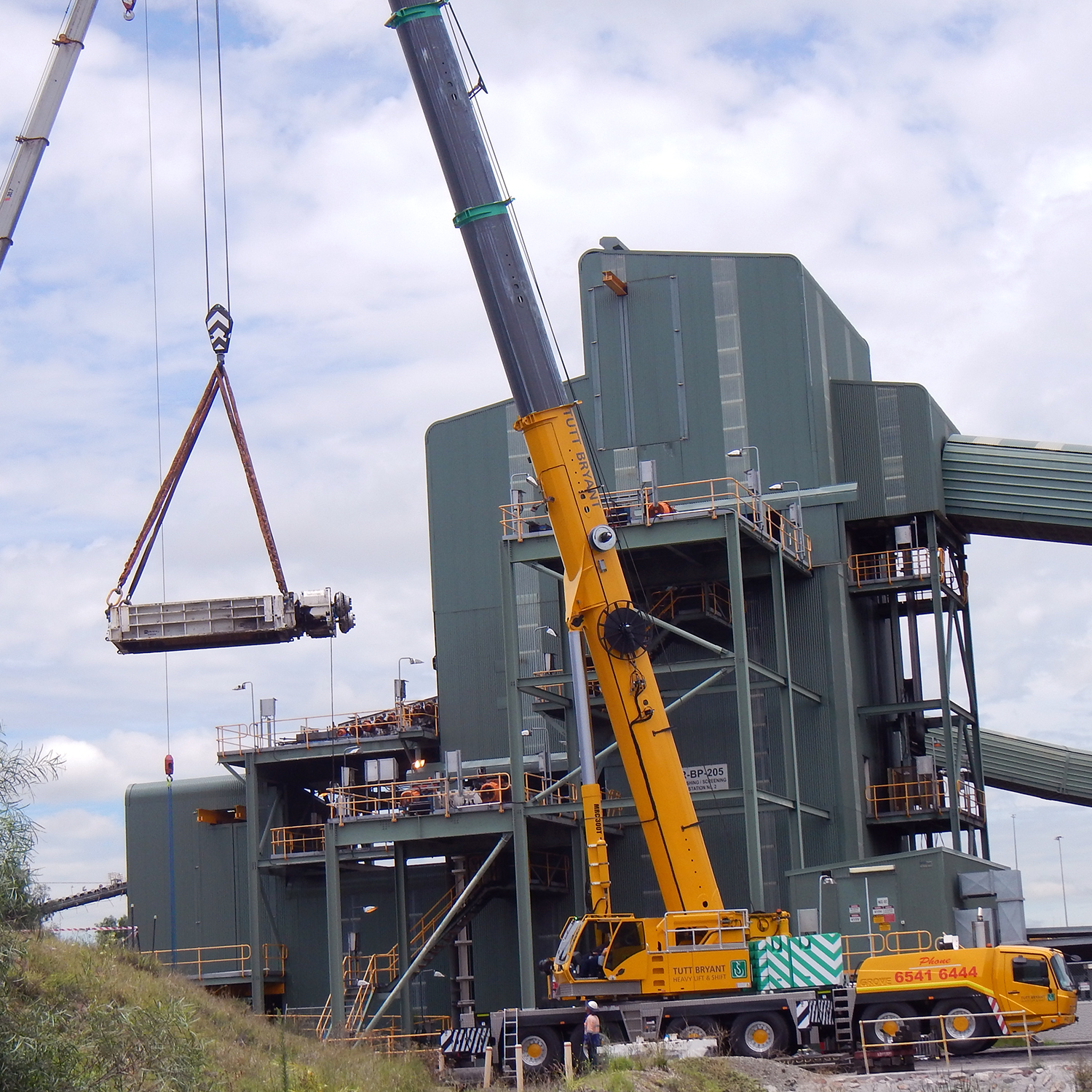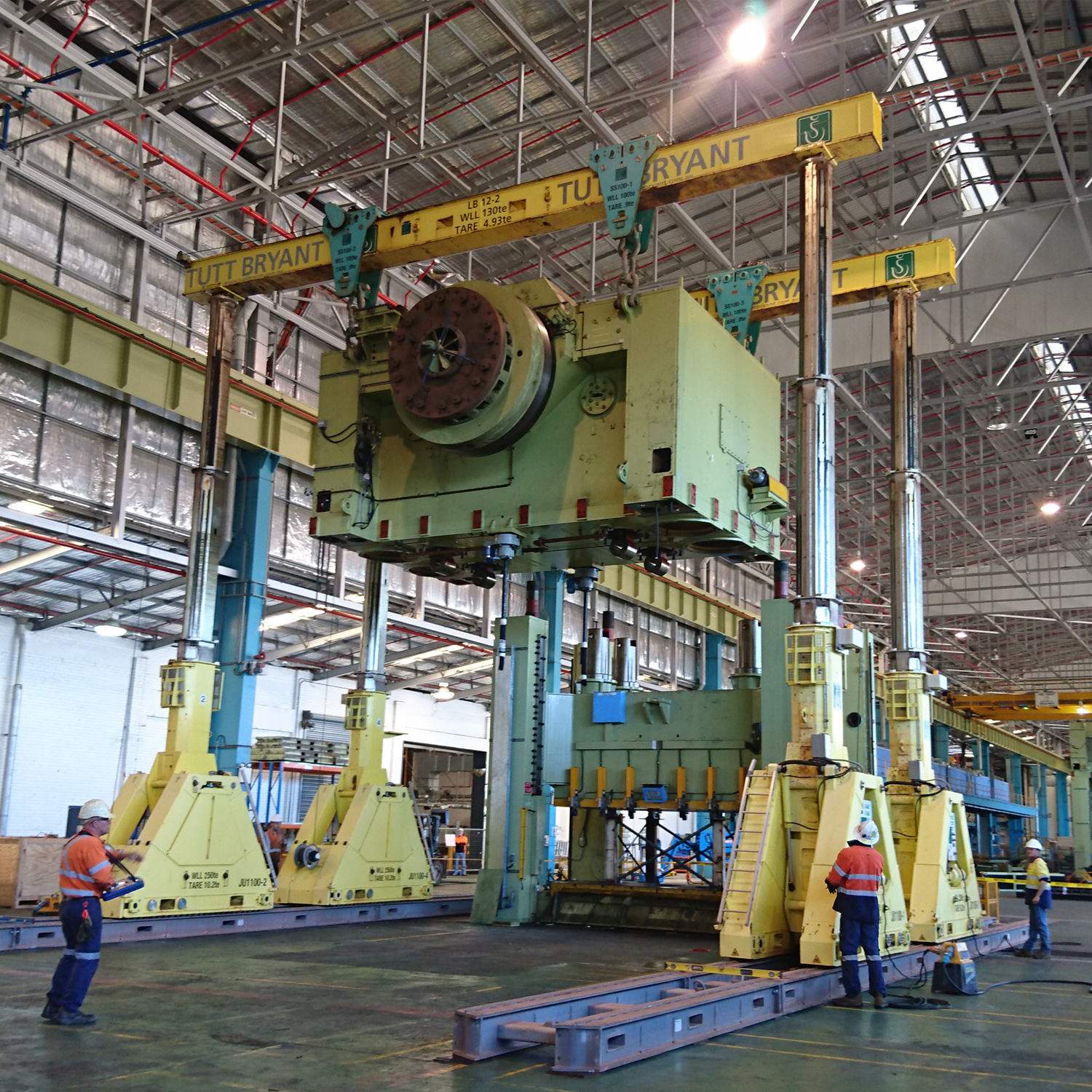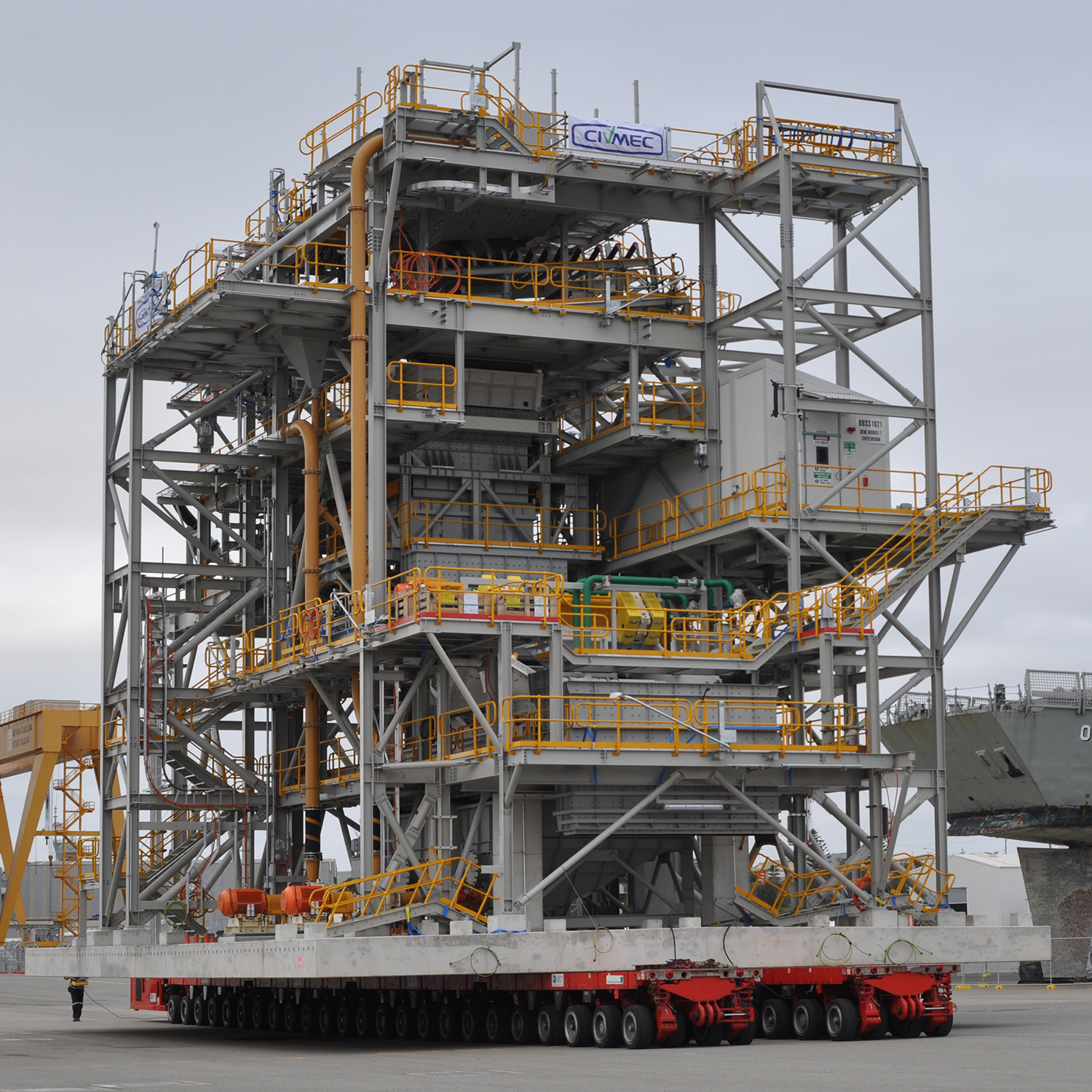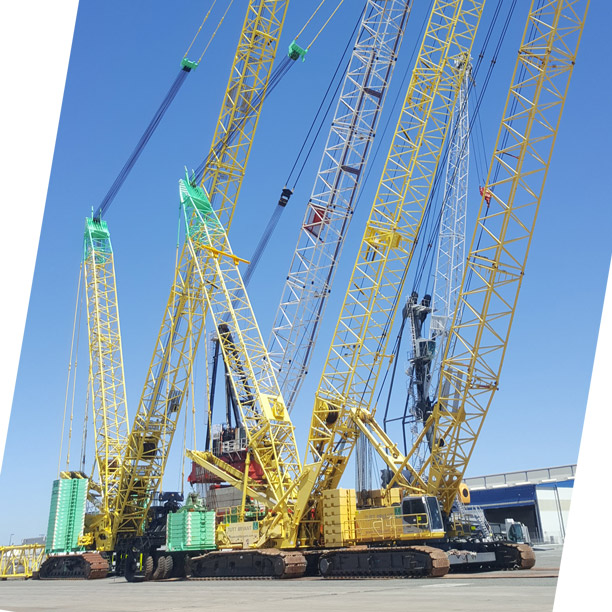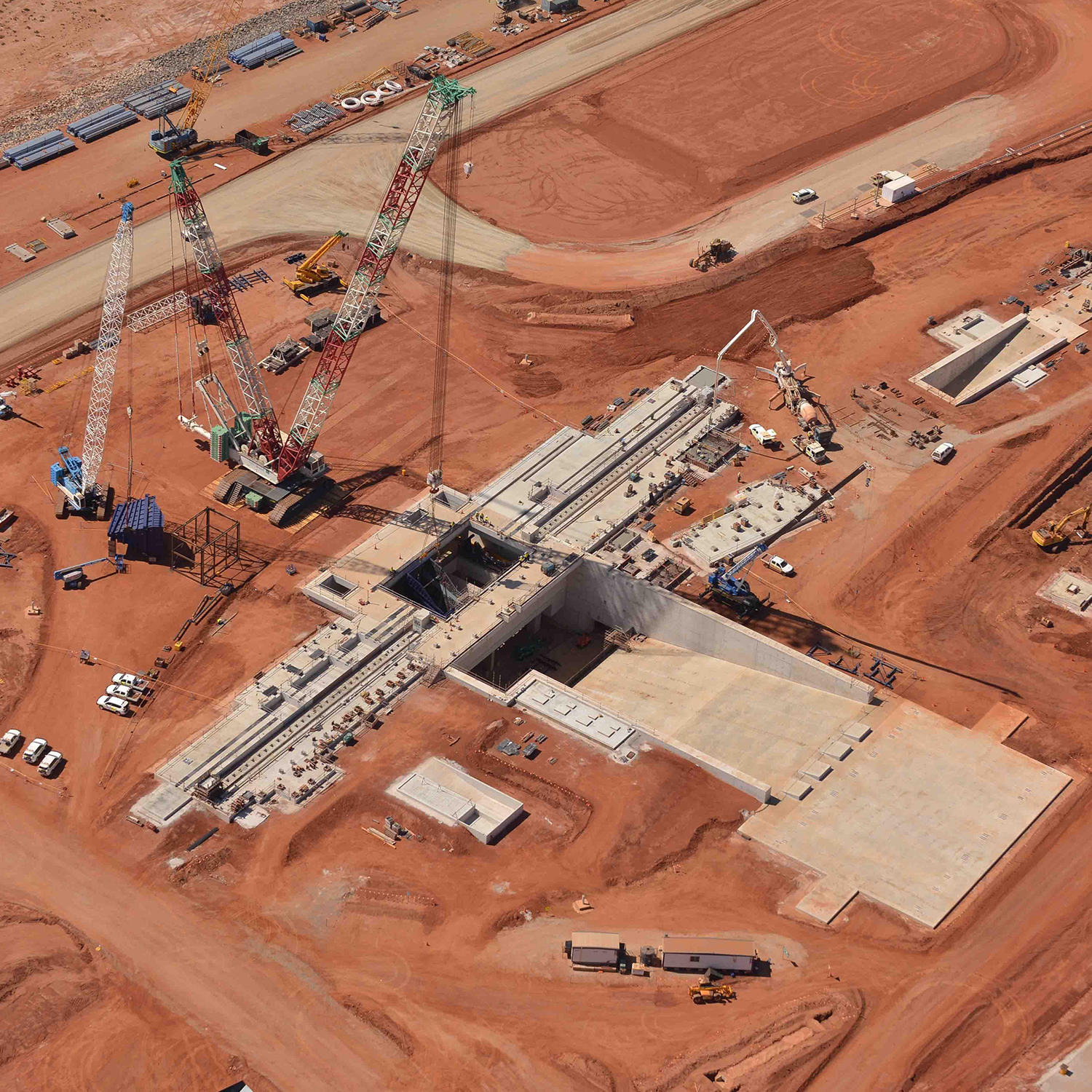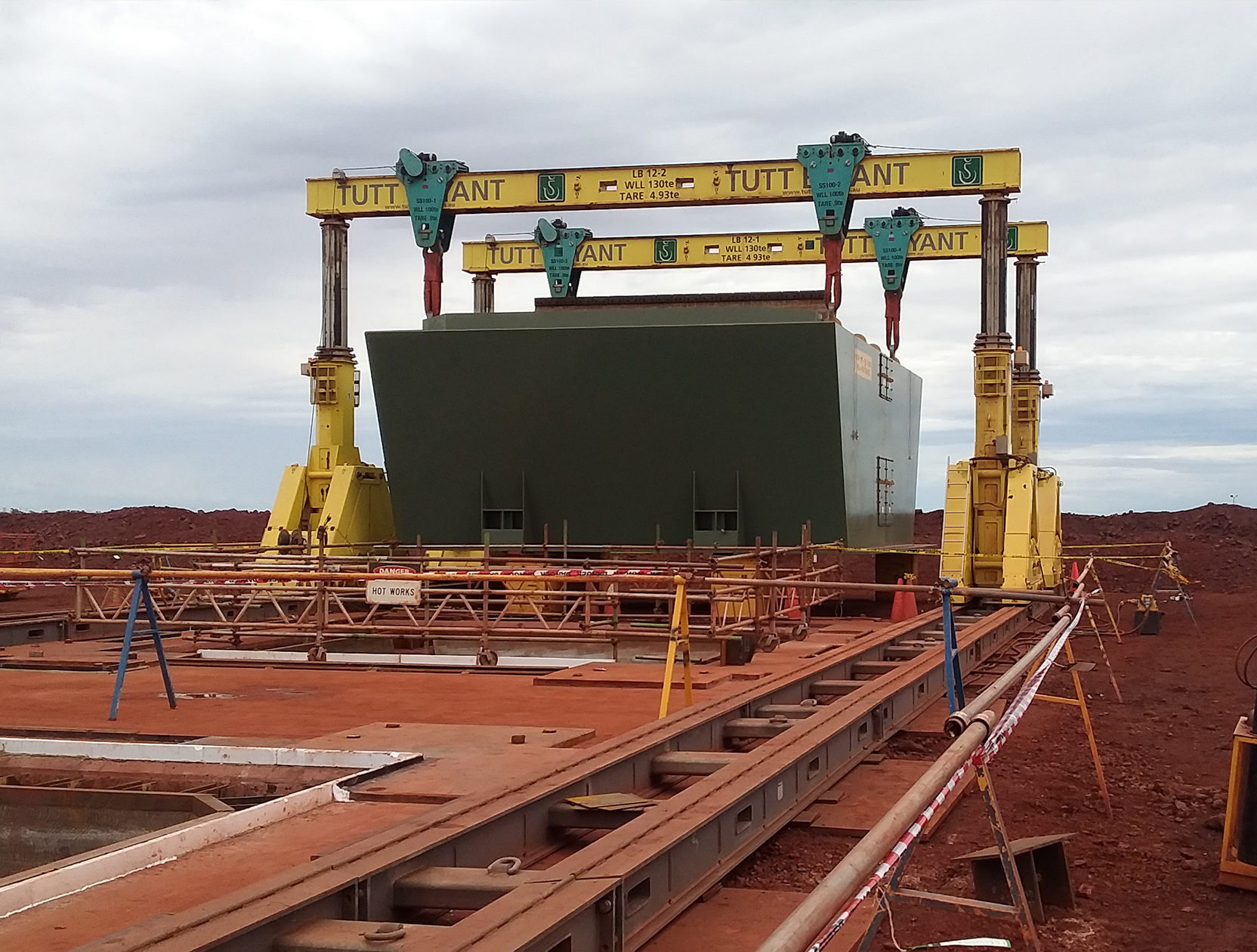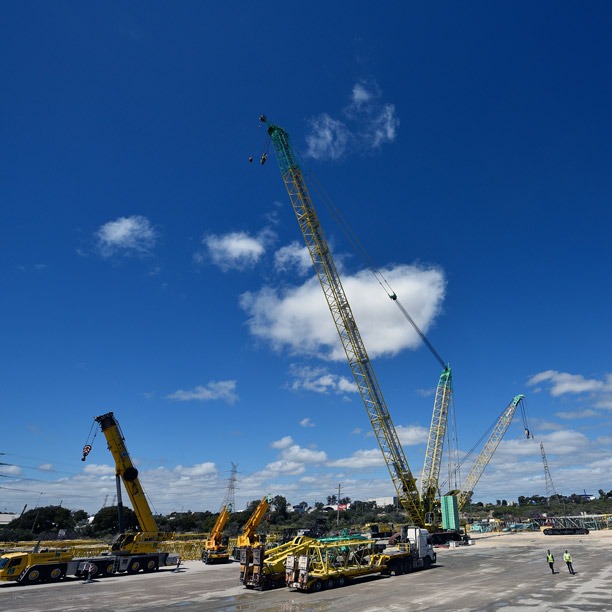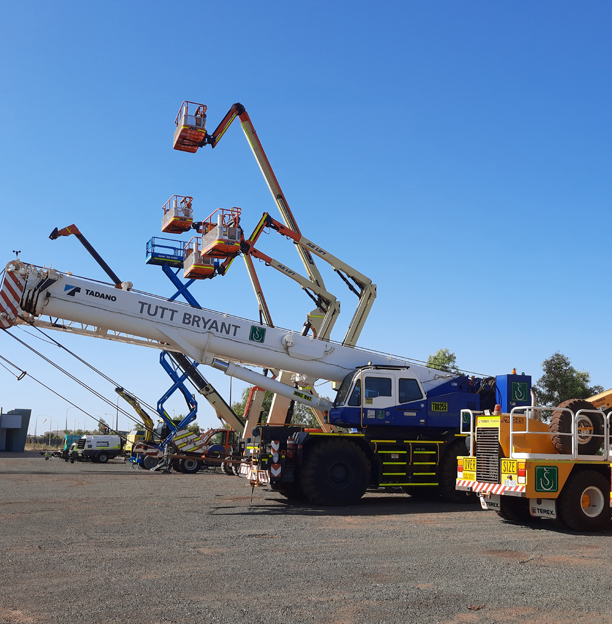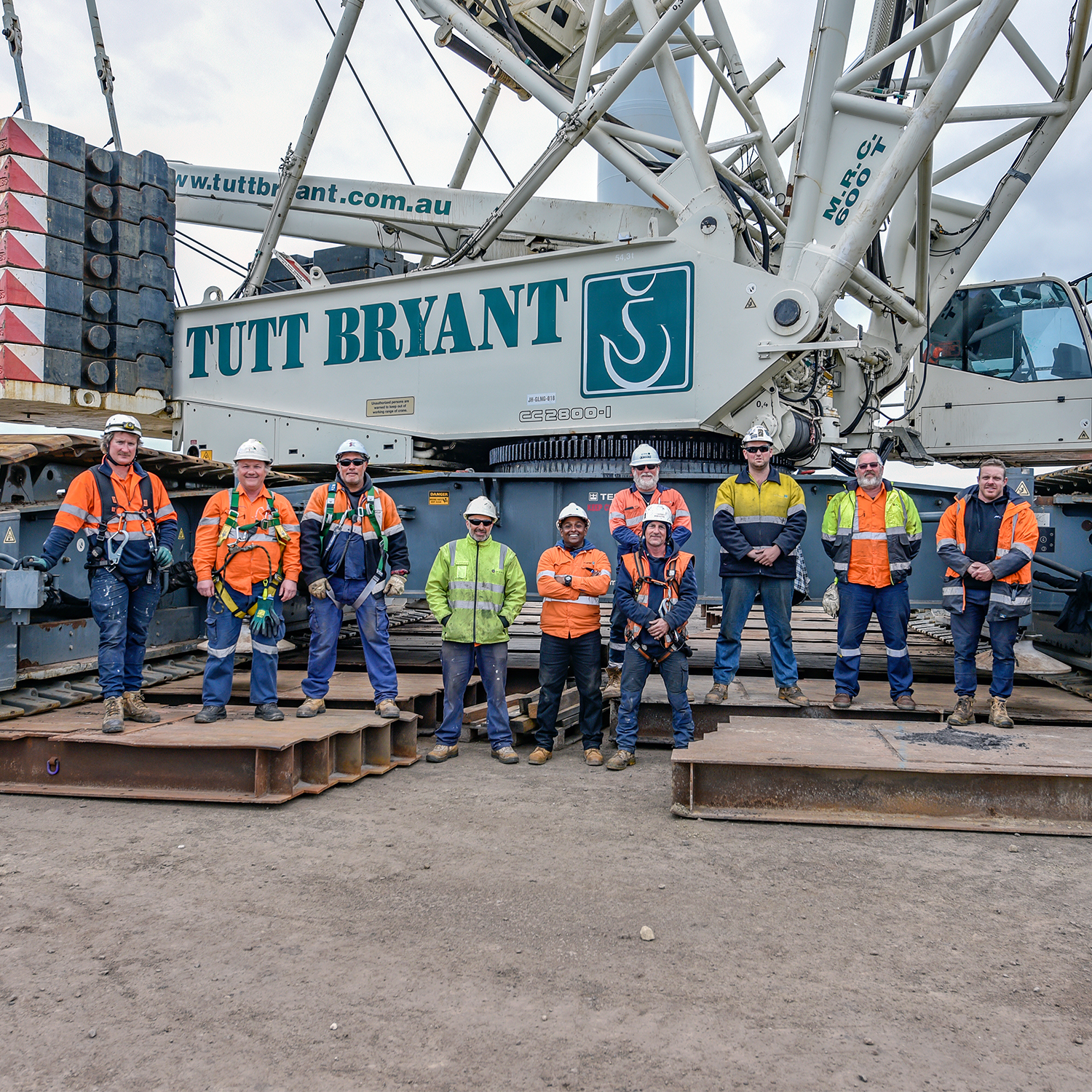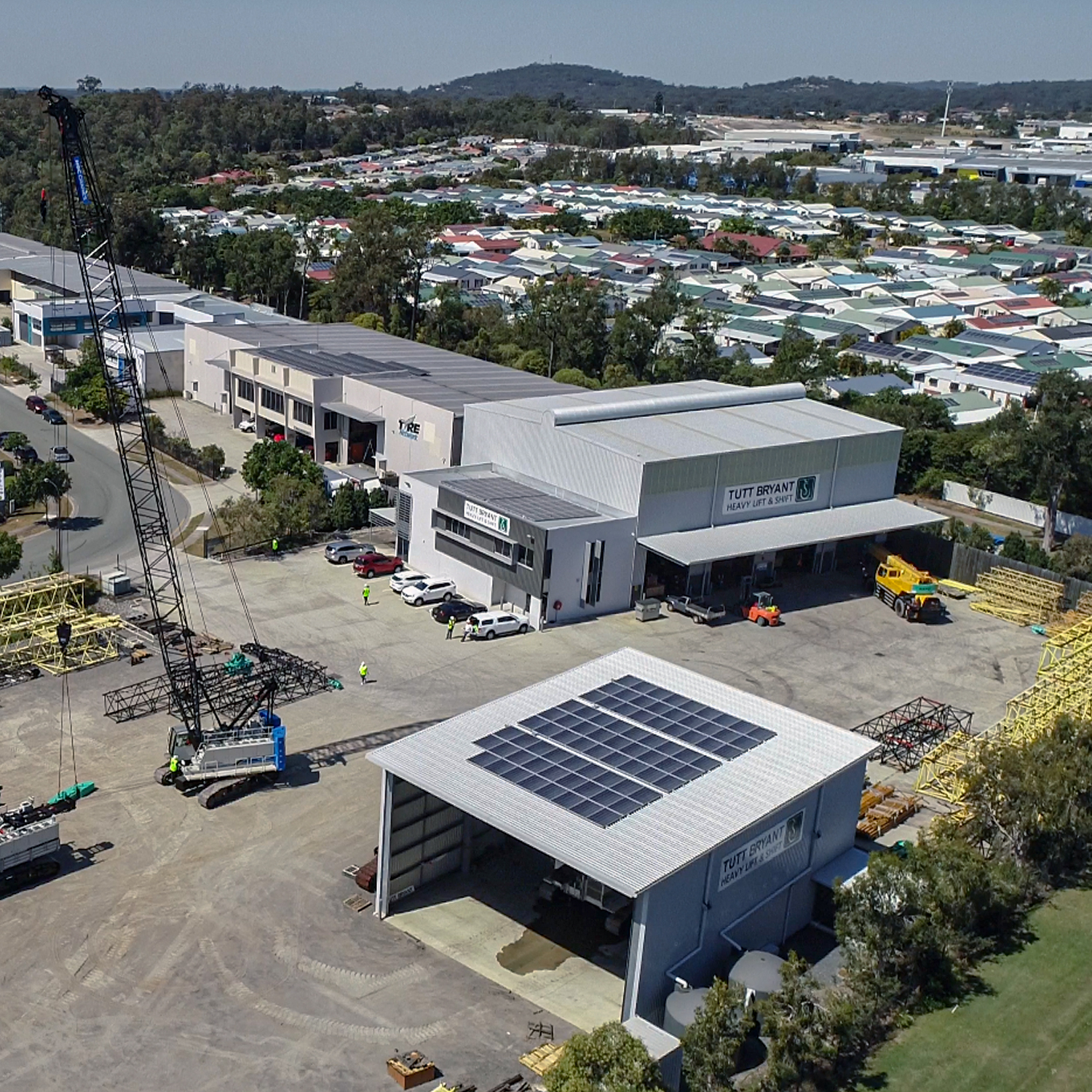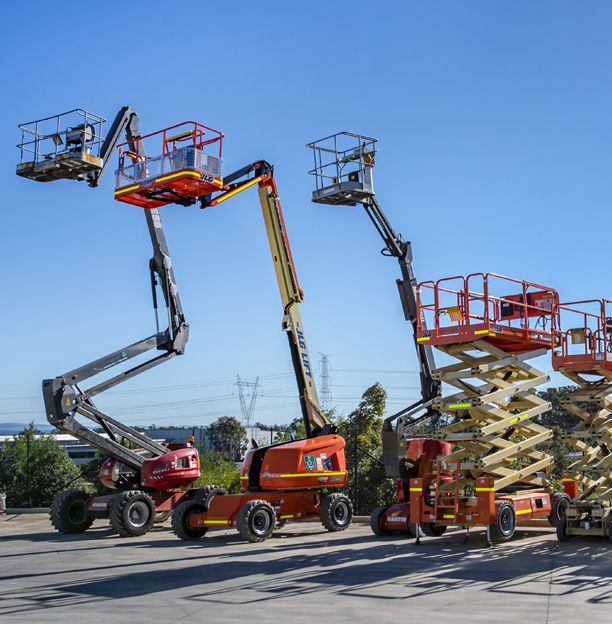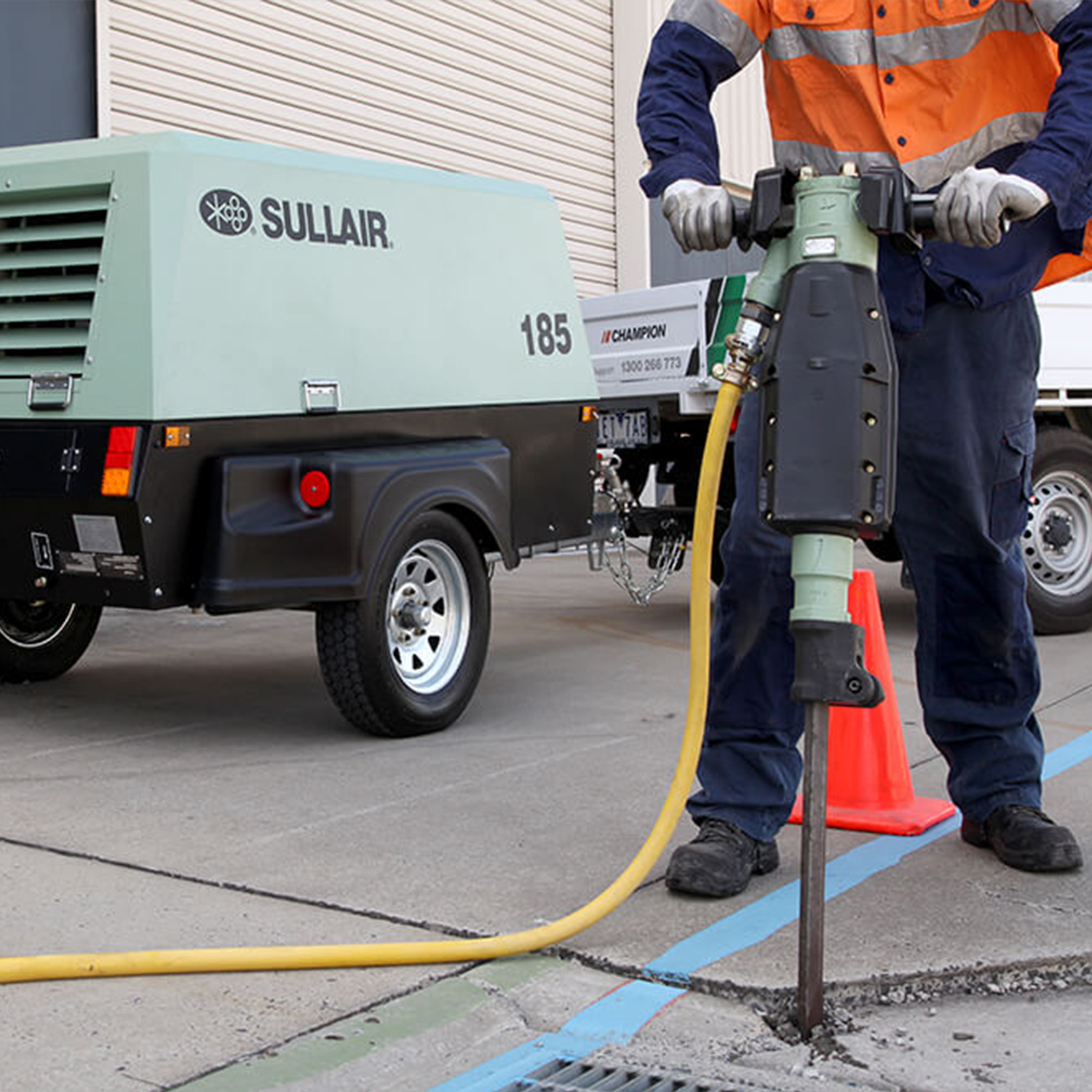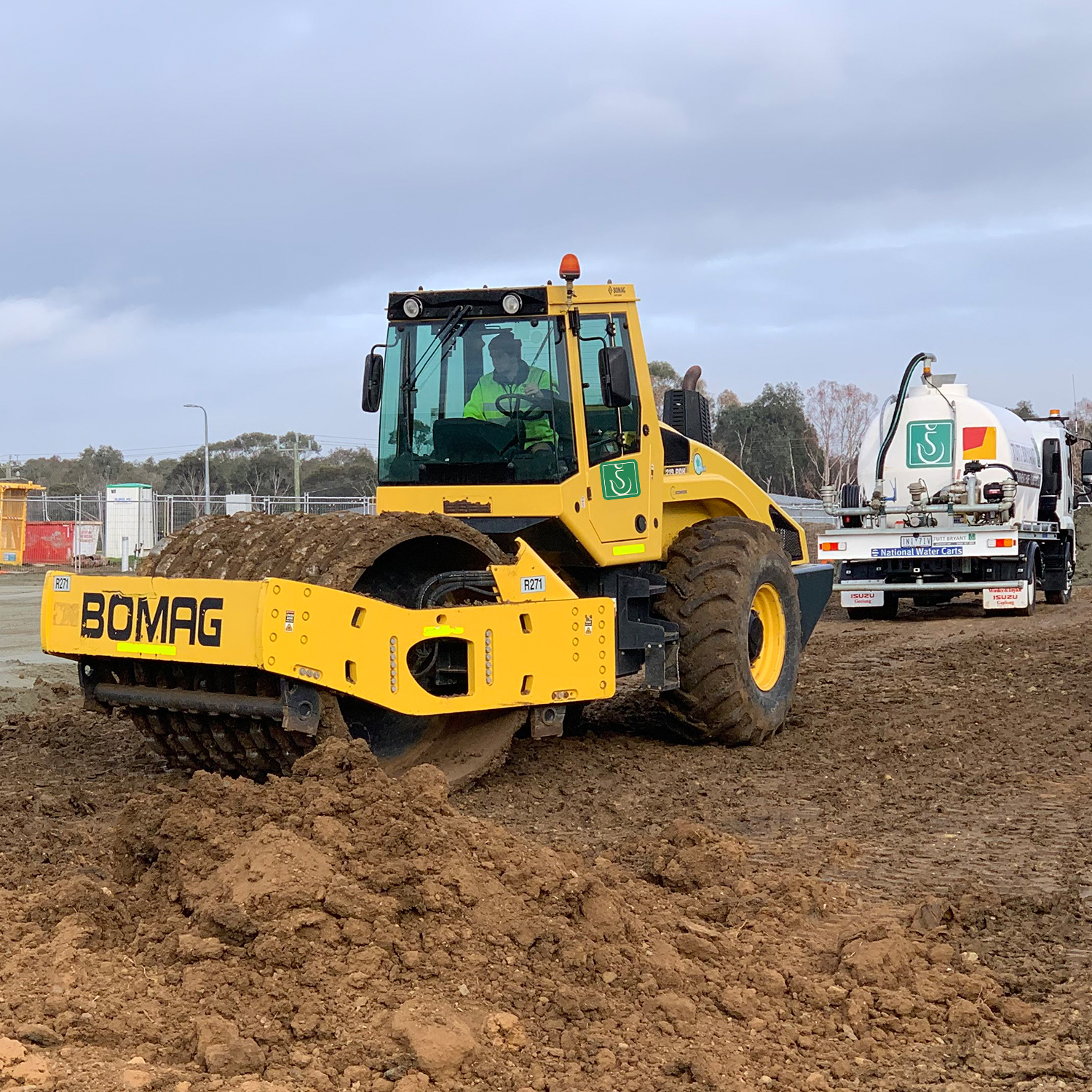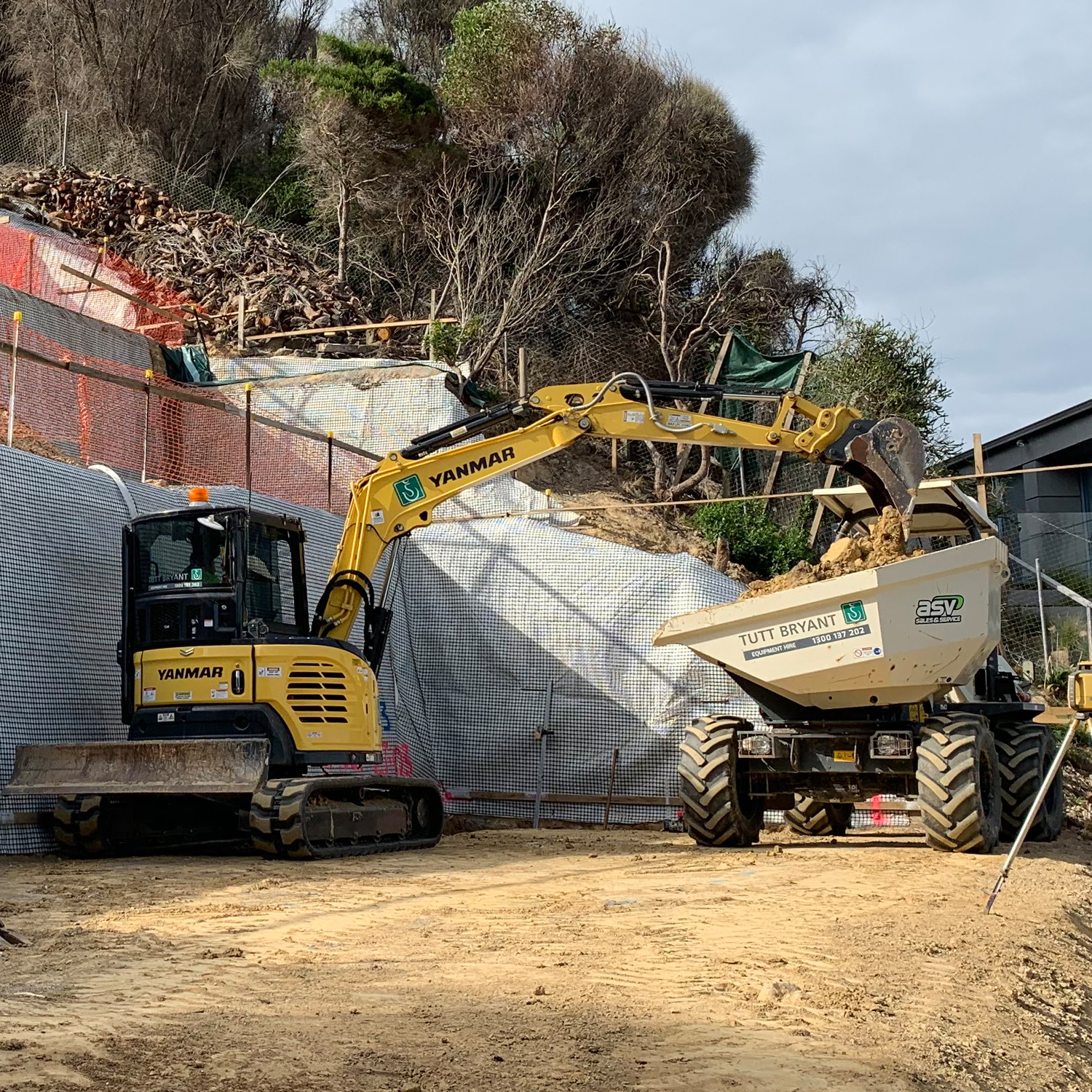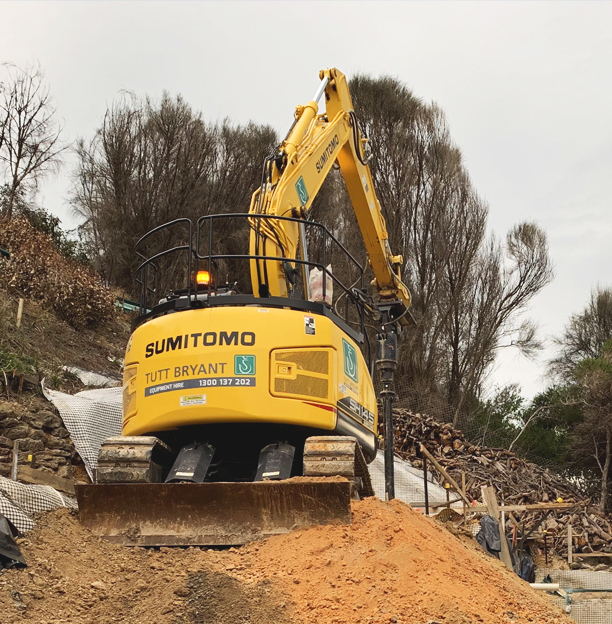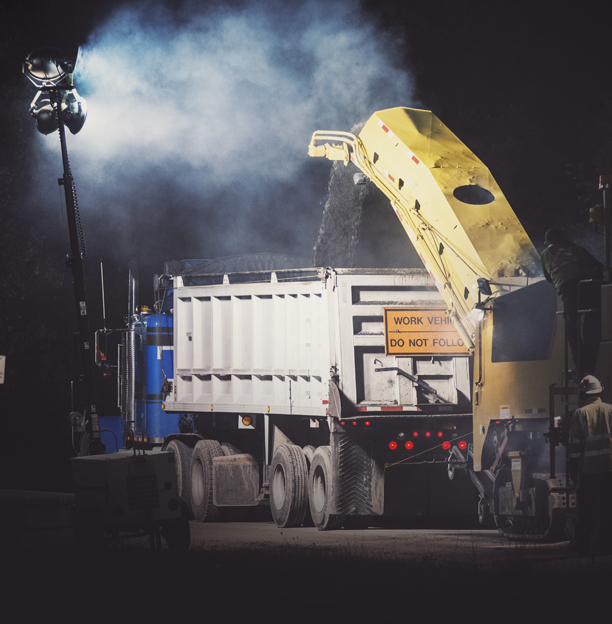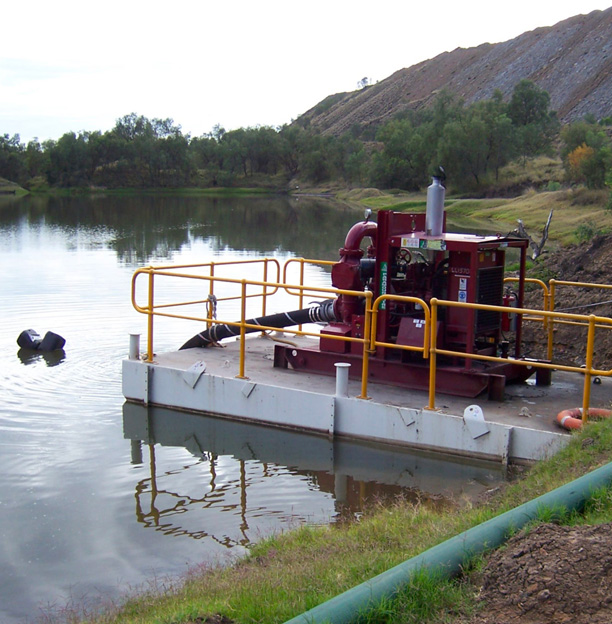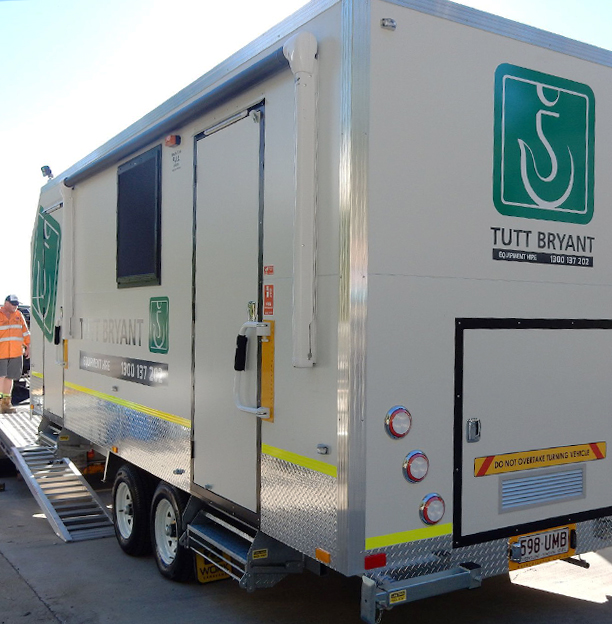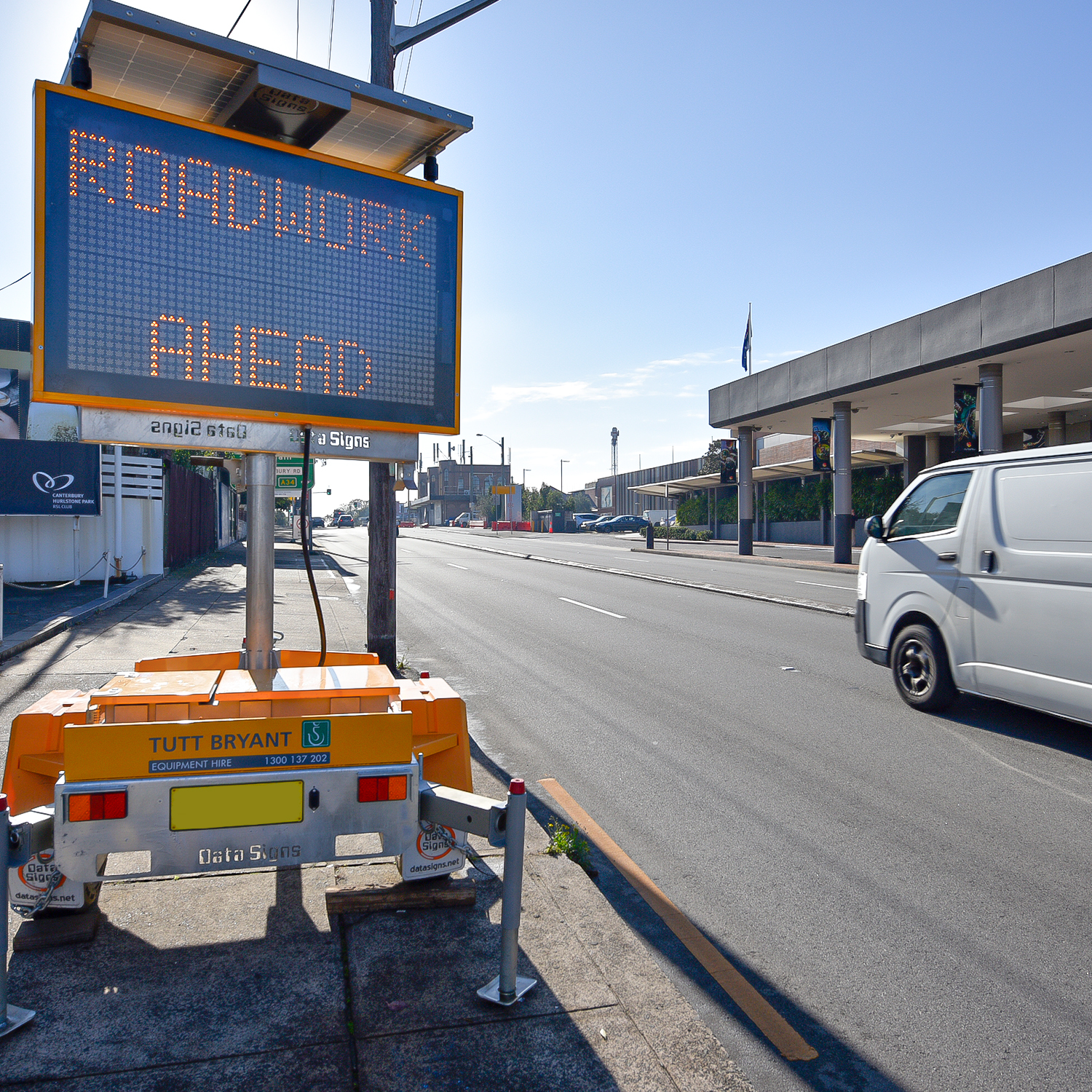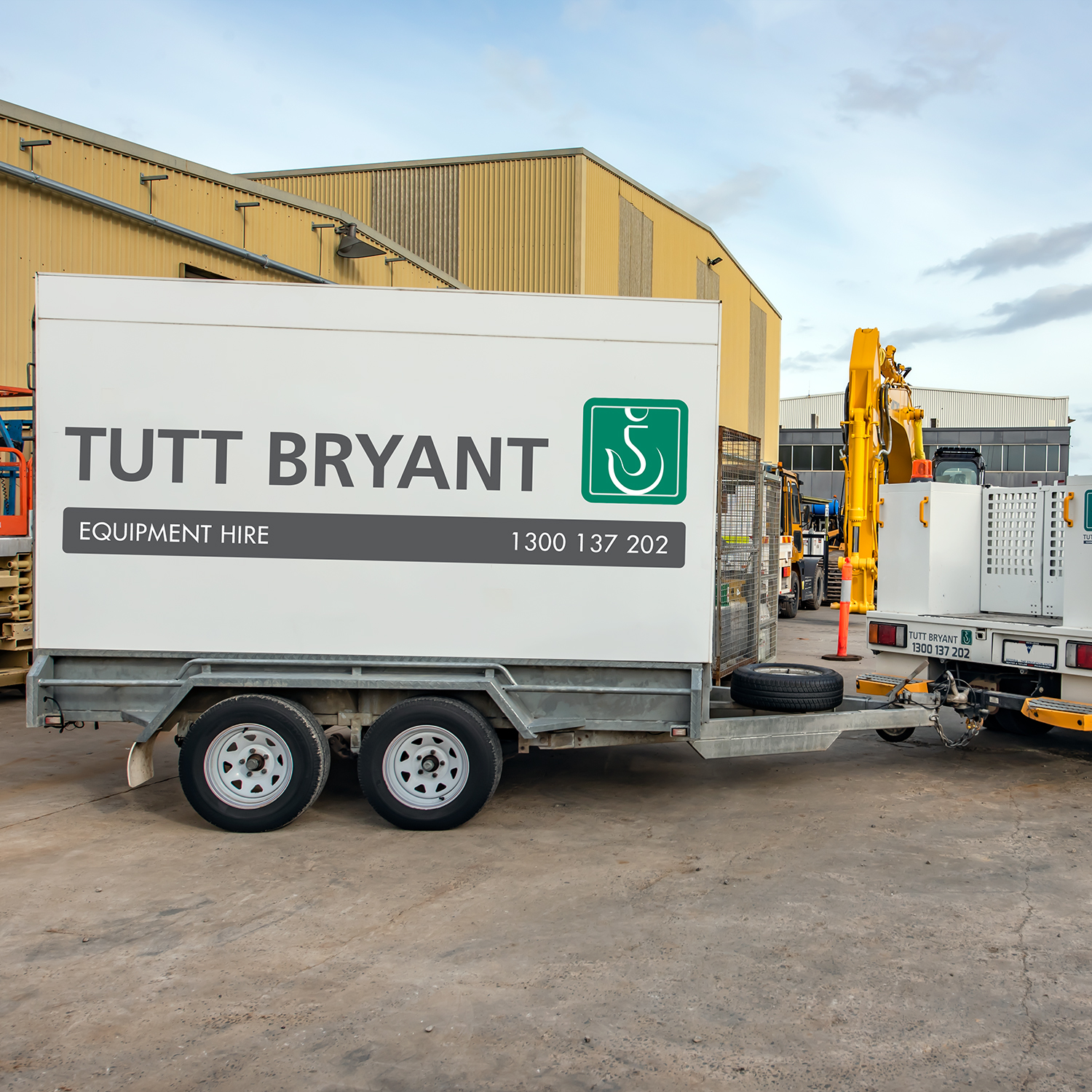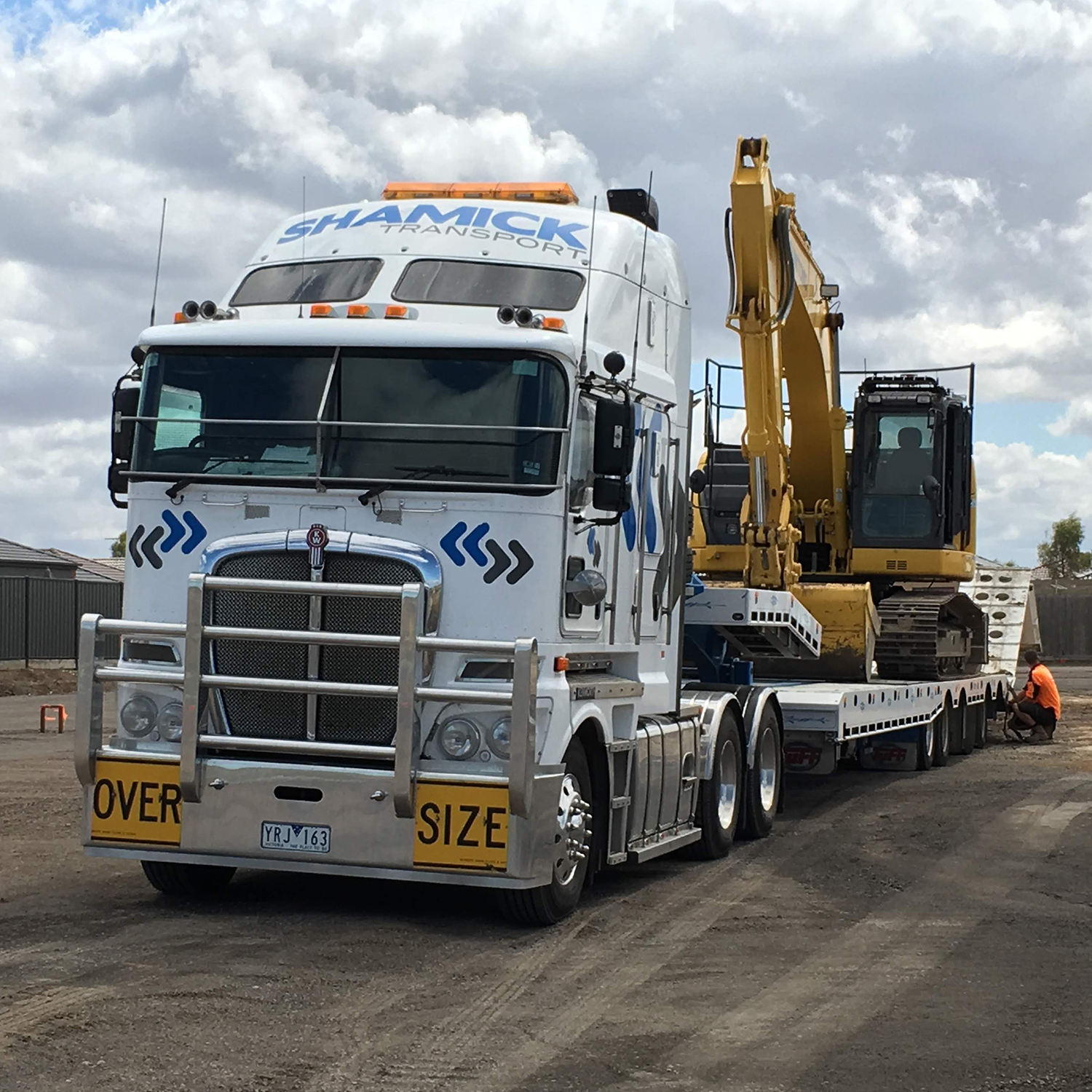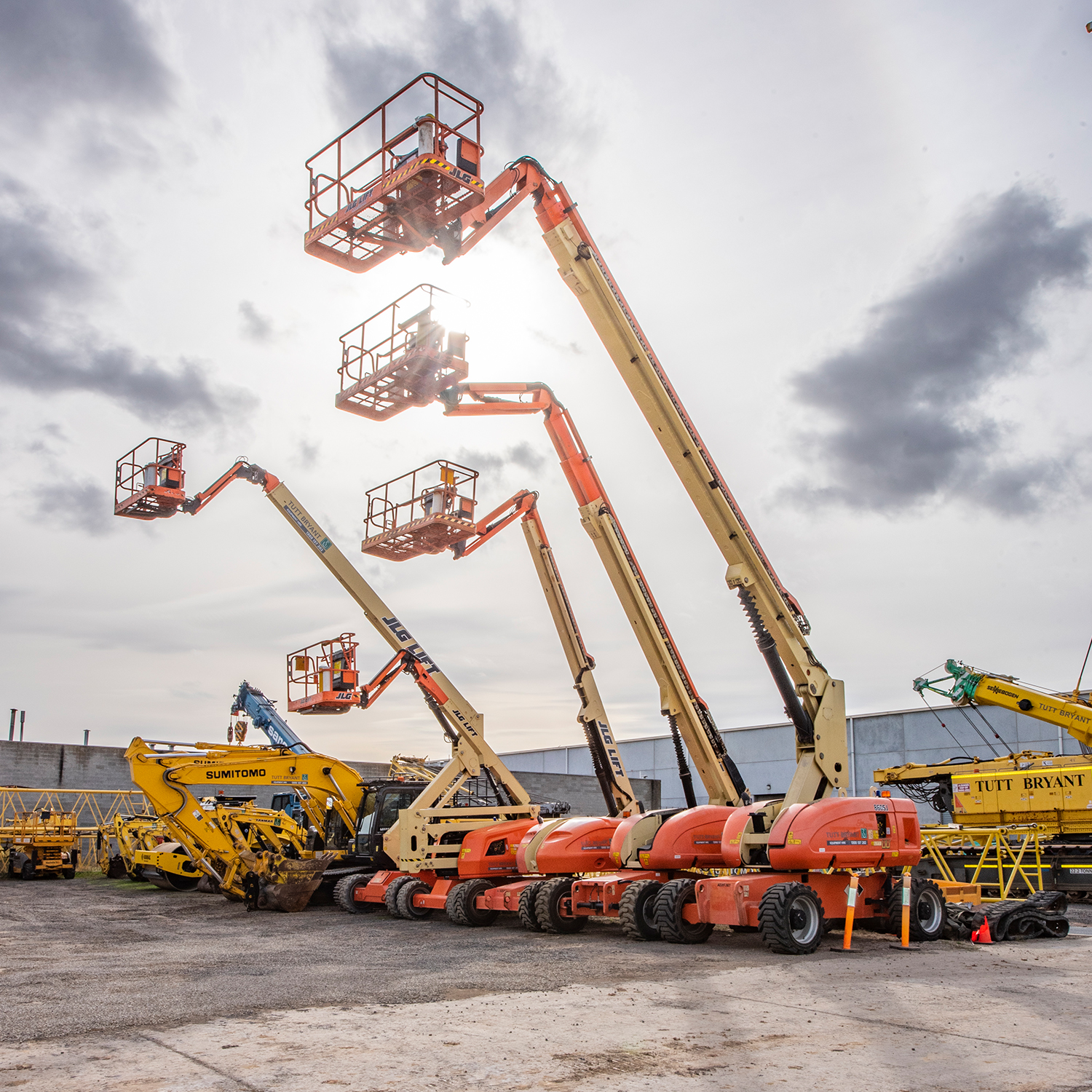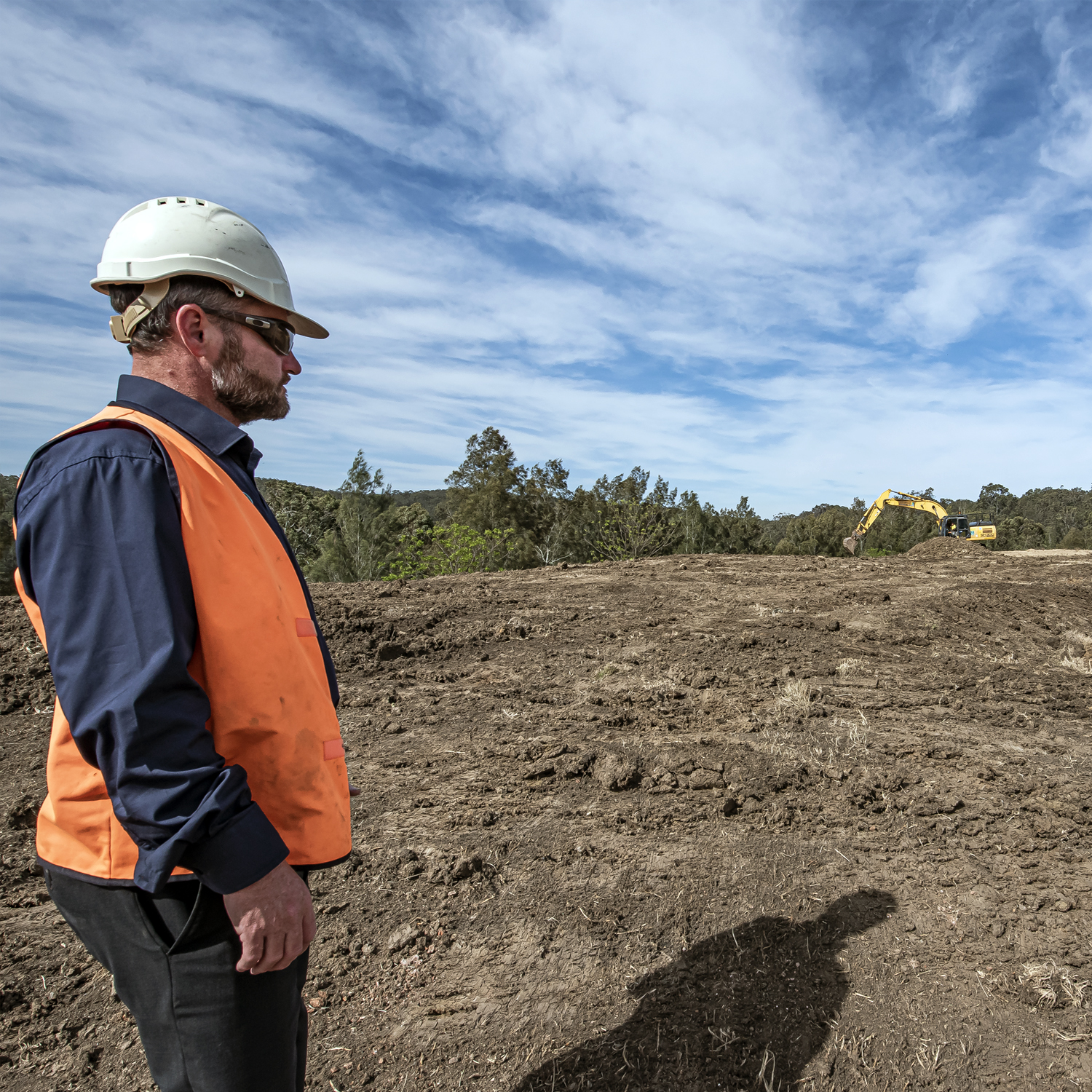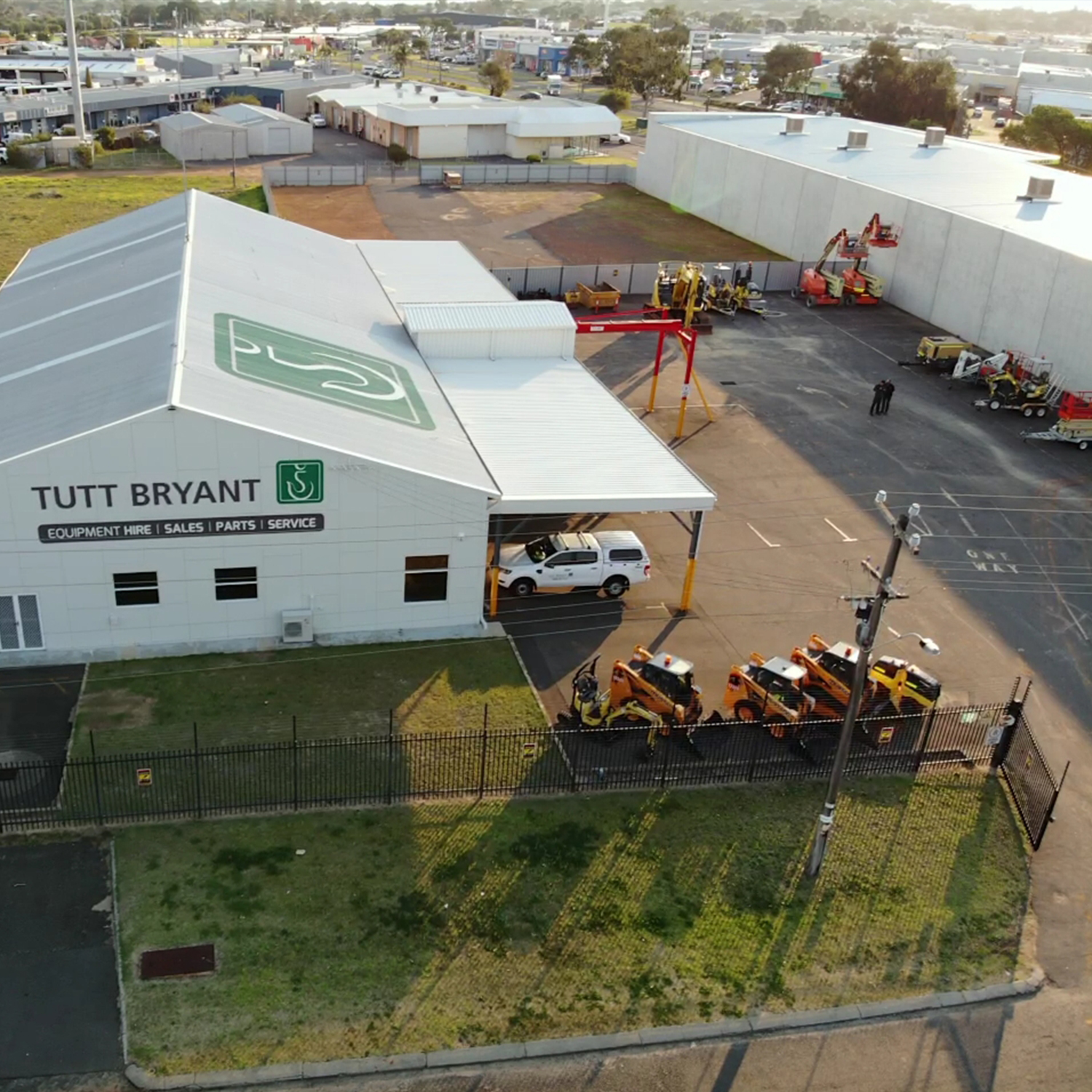Clermont Coal Mine Jacking and Transport

Clermont is a large scale open-cut operation located approximately 120km from Emerald, a town in Central Queensland. It utilises truck and shovel to mine Wolfgang seam between 35-40m. Processed coal will be transported thirteen kilometres via an overland conveyor to the train load out facility (TLO) and exported primarily to Japan through the Darlymple Bay Coal Terminal. The area has an approximate reserve of 100 million metric tonnes, giving the mine eight years of life expectancy.
Clermont Coal Mine sold part of its future operations area to a third party. As a result, existing heavy items such as the mobile sizing rig, spreader, and tripper car needed to be relocated without disrupting the mine operations. Due to the risk and complexity involved in relocation from an active mine site, Glencore Australia put out a tender for this project, acting on behalf of a joint venture with Sumitomo Corporation, Mitsubishi Development Pty Ltd, J-Power Australia Pty Ltd, and JCD Australia Pty Ltd.
Scope of work and challenges
The heavy items that needed to be moved had remained stationary for a long period of time. As a result, some parts had become buried in dirt and were difficult to move. Besides the heavy items, the ground conditions were also inadequate to resist the loads from the transport and jacking operation.
Our methodology and equipment solution
Tutt Bryant Heavy Lift & Shift (TBHLS) scheduled a site visit at the Clermont mines to assess the conditions of all machines. Upon completed the assessment, TBHLS initial recommendation was to jack the machines to elevation, placing transport beams with the self-propelled modular transporters (SPMTs) underneath.
TBHLS worked closely with Takraf, the manufacturer of the machines, to conduct a thorough analysis of the ground pressures for bearing capacity. Takraf provided details of the weight and central gravity locations to assist in the analysis. Onsite ground compaction testing was carried out to confirm the suitability of the ground for TBHLS initial recommendation.
Based on the analysis results, TBHLS recommended ground improvements that involved excavation, steel reinforcements, and added adequate compressive strength of concrete. After the concrete had fully cured and reached the desired strength, seven hydraulic jacks, each rated at 400 tonnes were used to jack the machinery. After the jacking operation, the self-propelled modular transporters (SPMTs) with transport beams were positioned for transportation.
The mobile sizing rig (MSR) was the heaviest load, weighed approximately 1600 tonnes. The TBHLS engineering team collaborated with the operations department to produce a non-conventional design for jacking & transporting these machines. Custom 400 tonnes capacity jacking stands were designed and fabricated to suit this jacking process. Seventy-six axle lines of Scheuerle 3rd Generation self-propelled modular transporters (SPMTs), and five power pack units were utilised to provide sufficient capacity and power on an uphill route.
The tripper, bridge and spreader combination weighed around 1200 tonnes and was over 210 metres long. TBHLS constructed a method to jack this machine in three separate sections without disassembly and avoided unnecessary costs. The tripped was jacked in two sections with SPMT, while the spreader was jacked with seven hydraulic jacks, each rated at 400 tonnes. TBHLS designed a complex transport incorporated two articulation points and seven separate groups of suspension utilising Sixty-six axle lines of Scheuerle 3rd Generation self-propelled modular transporters (SPMTs) and six power pack units. The TBHLS engineering team designed custom retaining brackets to lift and support hanging track frames during transport.
The engineers used the SALSA software, developed by the manufacturer of the SPMTs, to calculate the stability of the transport. SALSA, which stands for Scheuerle Axle Load and Stress Analysis, provided realistic scenarios that provided confidence to the designers. Autodesk Inventor Nastran finite element analysis was used to verify the adequacy of the auxiliary equipment without compromising on stability.
TBHLS was presented with challenging weather and ground conditions throughout the duration of this project. But through years of industry experience and dedication, the team were able to fulfil the requirements to deliver the machines to the designated location safely.
© Copyright 2023 Tutt Bryant. All rights reserved.
Tutt Bryant Heavy Lift & Shift
About Us | Capabilities
We are crane hire, heavy lifting and specialised transport division of the Tutt Bryant Group.
